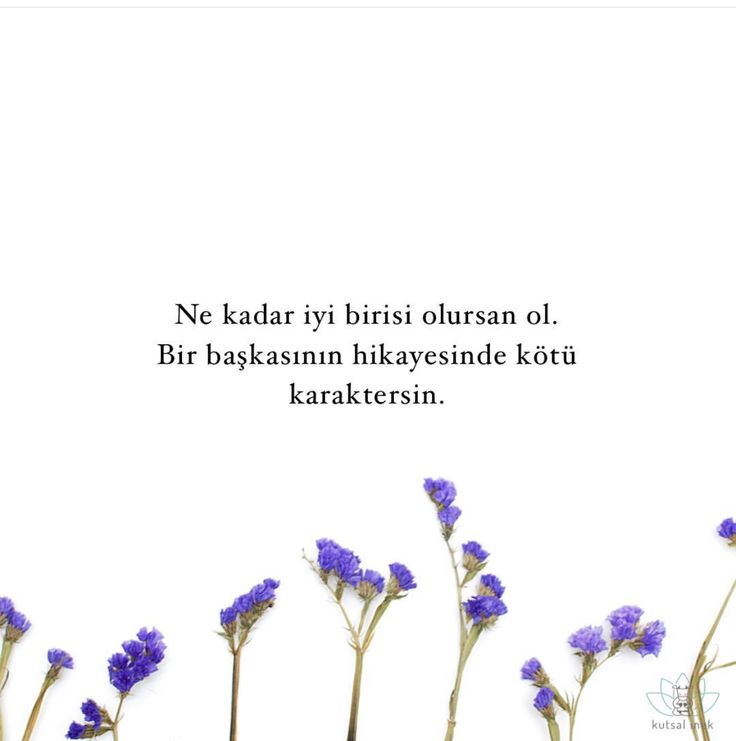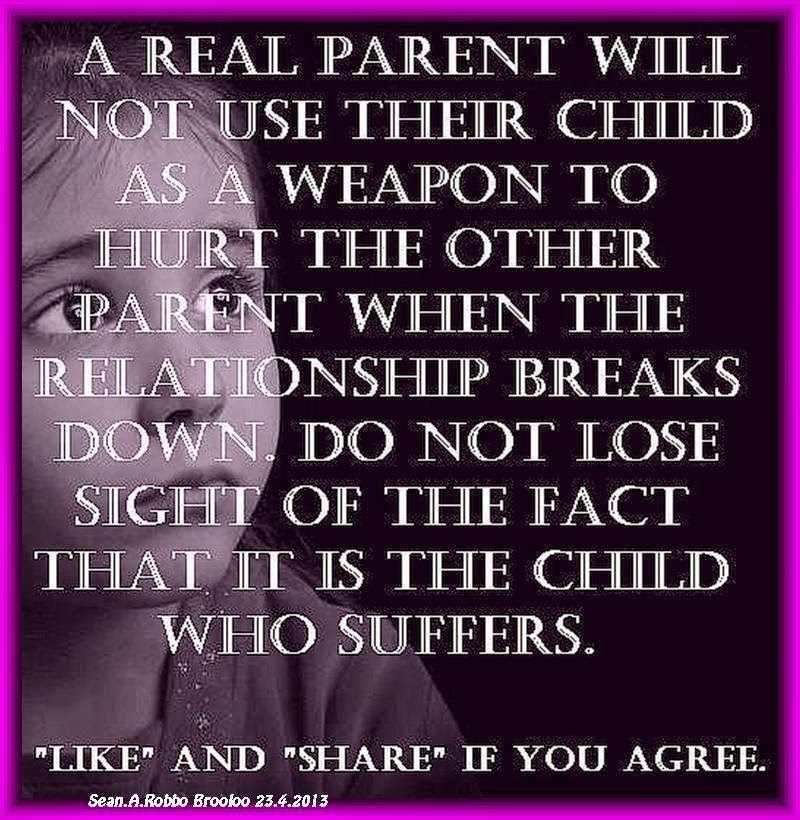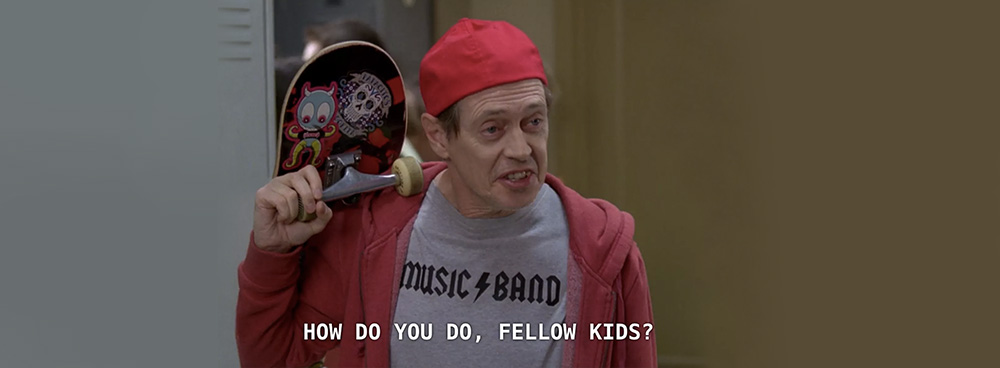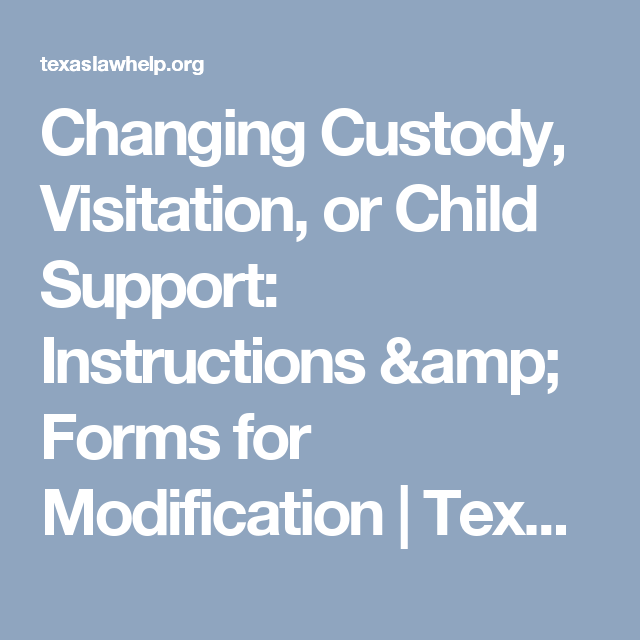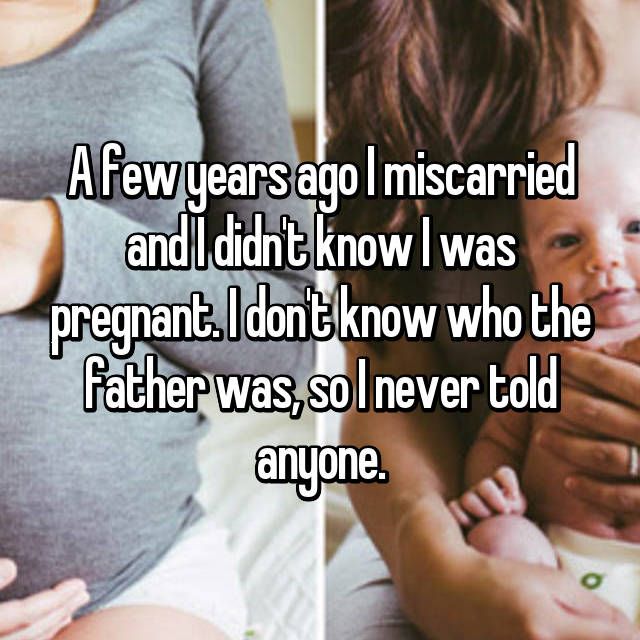Books on how to tell your child they are adopted
Explain Adoption To Children Easier With These Books
Books for Children, Teens and AdultsAges 0-3
This is How We Became a Family: An Adoption Story: By Wayne Willis (Author)
An adoption story for children of all ages. It tells of a couple who long for a child, of a pregnant young woman who is not ready to be a mother, and of the events that bring them together for a happy ending. It also invites children to ask questions about their own adoption story.
Susan and Gordon Adopt a Baby: By Judy Freudberg (Author)
Big Bird tries hard to be helpful when a new baby arrives on Sesame Street.
Ages 2-5
I Don’t Have Your Eyes (Asia): By Carrie A. Kitze (Author)
Family connections are vitally important to children as they begin to find their place in the world. For transracial and transcultural adoptees, domestic adoptees, and for children in foster care or kinship placements, celebrating the differences within their families as well as the similarities that connect them, is the foundation for belonging.
The Family Book: By Todd Parr (Author)
The Family Book celebrates the love we feel for our families and all the different varieties they come in. Whether you have two moms or two dads, a big family or a small family, a clean family or a messy one, Todd Parr assures readers that no matter what kind of family you have, every family is special in its own unique way.
A Mother for Choco: By Keiko Kasza (Author)
Choco was a little bird who lived all alone. He wished he had a mother, but who could his mother be? "Just right for the preschool group or beginning reader."
The Day We Met You: By Phoebe Koehler (Author)
A special picture book for ages 2-5, The Day We Met You explores a couple lovingly preparing their home for an adopted baby. "Adopted children love to hear their homecoming stories over and over, and this is a perfect book to encourage such retellings."--School Library Journal. Full-color illustrations.
The New Barker in the House: By Tomie de Paola (Author)
The Barker twins, Morgie and Moffie, meet their adopted brother, Marcos, in this wonderful sequel to Meet the Barkers. But Marcos isn't a baby-he's three years old, and he only speaks Spanish. As Marcos plays dollies with Moffie and dinosaurs with Morgie, he's a little bewildered until he gets the twins to understand what he likes to play. As Marcos learns some English, the twins quickly learn some Spanish words and phrases. Soon enough it's clear that with a new Barker in the house, the Barkers are a very happy familia!
I love You Like Crazy Cakes: By Rose Lewis (Author)
This story of a woman who travels to China to adopt a baby girl, based on the author's own experiences, is a celebration of the love and joy a baby brings into the home. Full color.
Ages 3-6
Through Moon and Stars and Night Sky: By Ann Warren Turner (Author)
A little boy living in a distant country is lonely.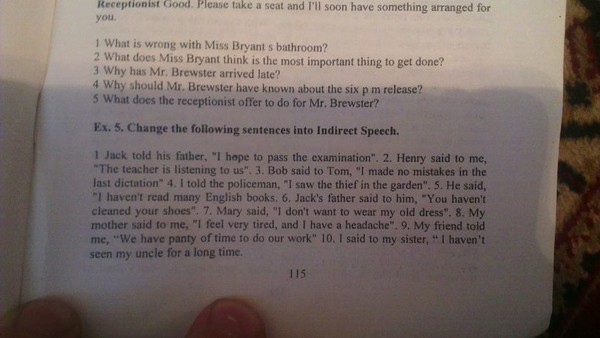 He needs a bed of his own, a room of his own, a house of his own -- and most of all, a momma and poppa of his own. But he must travel far to get them. He must fly for a day and a night through blue skies and clouds and stars before he comes to a place he can call home... with his loving new adopted family.
He needs a bed of his own, a room of his own, a house of his own -- and most of all, a momma and poppa of his own. But he must travel far to get them. He must fly for a day and a night through blue skies and clouds and stars before he comes to a place he can call home... with his loving new adopted family.
A China Adoption Story: Why Mommy Do We Look Different (China): By Frances M. Koh, Ann Sibley O’Brien (Authors)While looking through the family photo album, four-year-old Laura Shu Mei notices that she looks different from her parents, and asks her mother why
Carson’s Story: A Story About Adoption from China: By Richard Bosby (Author)
This story conveys a father's perspective about adoption. To this end, the often complex adoption process is simplified to help moms and dads describe "what happened" to their children. Mr. Busby says "It is a picture book, designed as a vehicle to gently explain how families come together through adoption.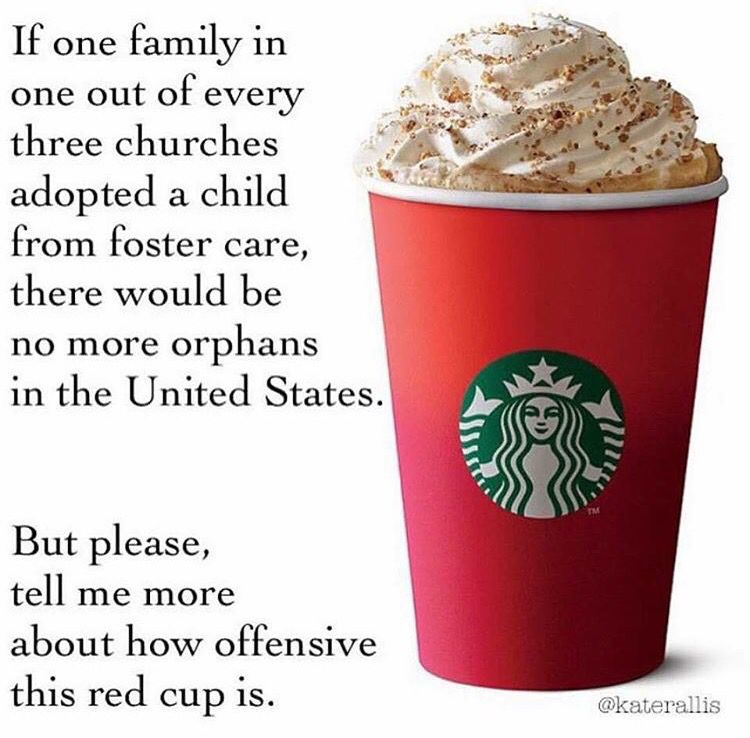 " In sharing his personal story, the author hopes to provide a starting point for discussions between other parents and their daughters from China.
" In sharing his personal story, the author hopes to provide a starting point for discussions between other parents and their daughters from China.
Mommy Far, Mommy Near: An Adoption Story (China): By Carol Antoinette Peacock, Shawn Costello Brownell (Authors)
Young Elizabeth feels a range of emotions as she learns that she has two mommies: one in China and one in America. Her adoptive mother explains that although her Chinese mother loved Elizabeth and wanted to keep her, she couldn't because of China's laws.
The White Swan Express: A Story About Adoption (China): By Jean Davies Okimoto, Elqine M. Aoki, Meilo So (Authors)
In China, the moon shines on four baby girls, fast asleep in an orphanage. Far away in North America, the sun rises over four homes as the people who live there get ready to start a long, exciting journey. This lovely story of people who travel to China to be united with their daughters describes the adoption process step by step and the anxiety, suspense, and delight of becoming a family.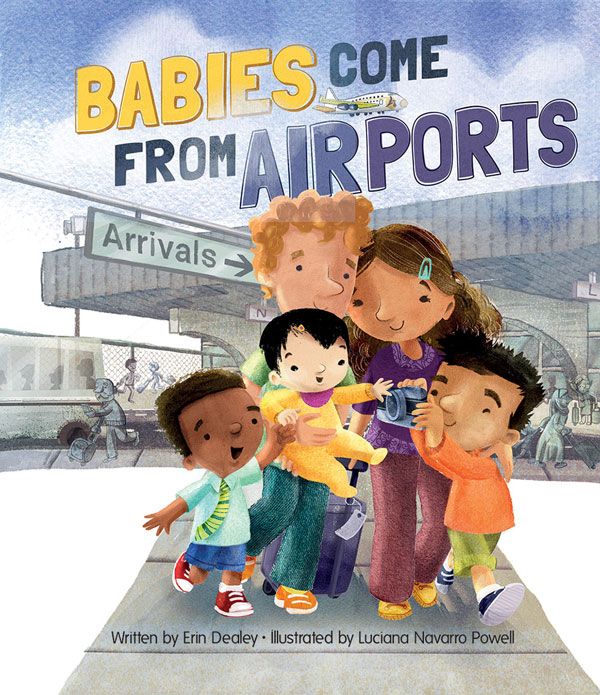 Told with tenderness and humor, and enlivened by joyous illustrations, The White Swan Express will go straight to readers’ hearts. Afterword.
Told with tenderness and humor, and enlivened by joyous illustrations, The White Swan Express will go straight to readers’ hearts. Afterword.
We’re Different, We’re the Same: By Bobbi Jane Kates (Author)
Illustrated in full color. The colorful characters from Sesame Street teach young children about racial harmony. Muppets, monsters, and humans compare noses, hair, and skin and realize how different we all are. But as they look further, they also discover how much we are alike.
How I Was Adopted: Samantha’s Story: By Joanna Cole (Author)
millions of families -- the story of how she was adopted. Most of all, it's a story about love. And in the end, Sam's story comes full circle, inviting young readers to share stories of how they were adopted.
Tell Me Again About the Night I Was Born: By Jamie Lee Curtis (Author)
A young girl asks her parents to repeat the cherished tale she knows so well about her birth and adoption.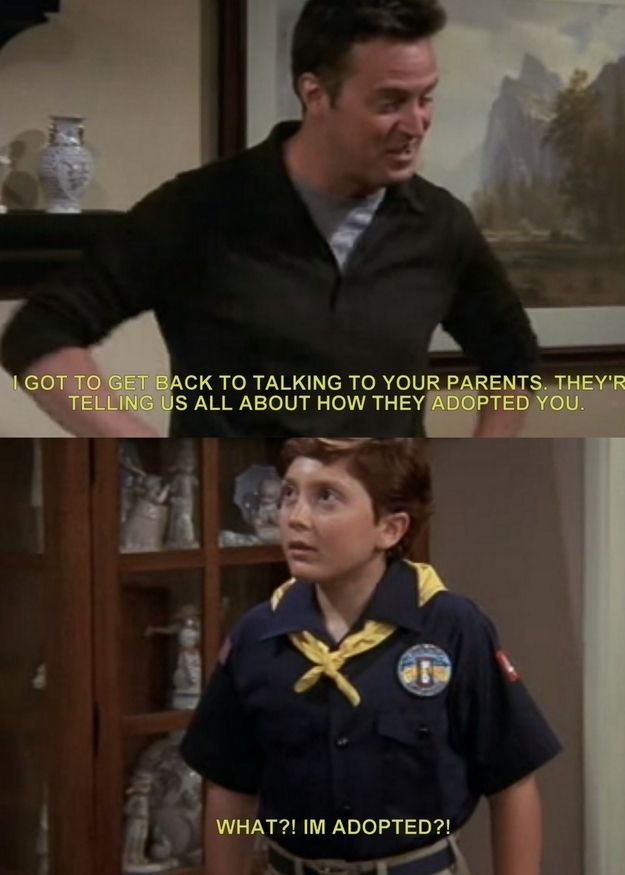 Told from the child's point of view, the story and pictures are full of fun details. On the plane down to get her, "there was no movie, only peanuts." When carrying her home, her parents "glared at anyone who sneezed." Under the silliness in both the text and illustrations, there lies a strong message of the parents' love for this new baby girl.
Told from the child's point of view, the story and pictures are full of fun details. On the plane down to get her, "there was no movie, only peanuts." When carrying her home, her parents "glared at anyone who sneezed." Under the silliness in both the text and illustrations, there lies a strong message of the parents' love for this new baby girl.
Love You Forever: By Shelia McGraw (Author)
"I'll love you forever / I'll like you for always / As long as I'm living / My baby you'll be." Since Love You Forever was first published in 1986, millions of parents have lulled their children to sleep with these affectionate words. This picture book will widen the influence of this soothing message.
A Koala for Katie: By Jonathan London, Cynthia Jabar (Authors)
"Katie, a young adoptee, is curious about babies and where they come from. . . . Jabar's brightly colored illustrations add a coziness to London's reassuring text. A good choice for the parenting shelf, this will be most useful with preschoolers who have learned of their own adoptions.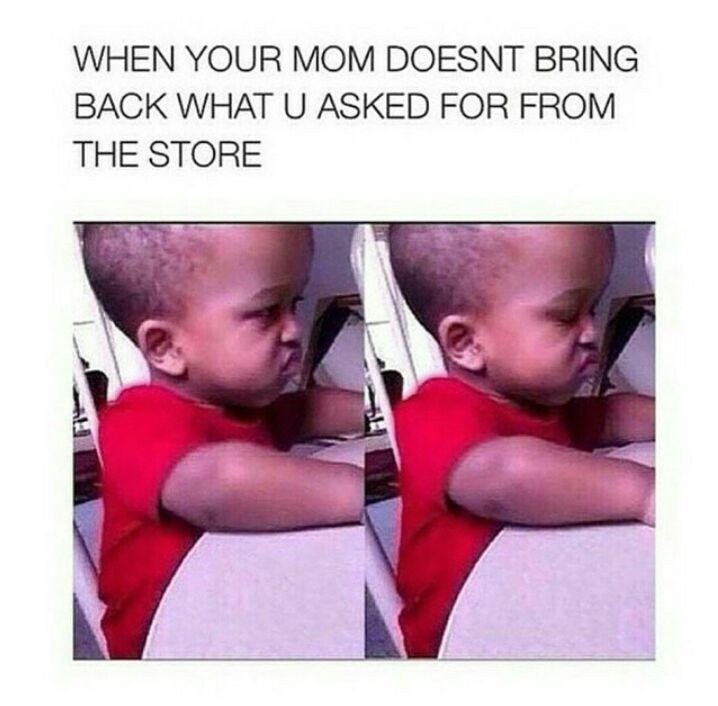 "--Booklist. Full color.
"--Booklist. Full color.
King & King & Family (gay/lesbian): By Linda de Hann, Stern Nijland (Authors)
The Crown Kitty and Friends Cordially Invite You to Celebrate a Royal Wedding, Reception to follow in the Royal Gardens, Bring Lots of Presents
Little Miss Ladybug & Her Magical Thread: By Karen Acres (Author)
An adoption storybook which depicts the flight of Little Miss Ladybug, a good luck omen, and her magical red thread, which is a ancient Chinese belief. "An invisible red thread connects those who are destined to meet, regardless of time, place or circumstances. The thread may stretch or tangle, but will never break"
Over the Moon: An Adoption Tale (Central/Latin America): By Karen Katz (Author)
An affirming story about international adoption, based on the author's own experience with her daughter. A magical, reassuring story of one adoptive family's beginnings, told in words and pictures that are just right for the youngest child.
Ages 4-8
Welcome Home, Forever Child: A Celebration of Children Adopted as Toddlers, Preschoolers and Beyond: By Christine Mitchell (Author)
Finally....a book that genuinely celebrates a young child joining their forever family past infancy. With its touching message of love and reassurance, and whimsical illustrations, Welcome Home, Forever Child is sure to be cherished by children and parents alike. While best suited to children ages two to eight, this gem will undoubtedly be enjoyed by older children as well.
Over Land and Sea: A Story of International Adoption: By Steven L. Layne, Jan Bower (Authors)
Driven by love, nourished by hope, and sustained by faith, thousands of families adopt children internationally. A unique opportunity for every reader to take part in an intimate family journey and to witness the shared joy of relatives and friends upon a homecoming.
Families are Different: By Nina Pellegrina (Author)
An adopted Korean girl discovers that her classmates have different types of families.
The Little Green Goose (for adoptive dad’s): By Adele Sansone (Author)
When a male goose longs for a chick of his own, he borrows an egg and ends up with a baby dinosaur!
Adoption is For Always: By Linda Walvoord Girard (Author)
Although Celia reacts to having been adopted with anger and insecurity, her parents help her accept her feelings and celebrate their love for her by making her adoption a family holiday.
Horace: By Holly Keller (Author)
Horace, a leopard, is the adopted son of tiger parents. Every night, at bedtime, Mama tells him how he came to be their child. But Horace always falls asleep before the story ends. As Horace grows older, he begins to wonder whether he belongs -- really belongs -- with his adopted family. He runs away. When Mama and Papa find him, Horace is glad. And that night, as he goes to sleep, he provides his very own ending to the story he has heard so often.
Rosie’s Family-An Adoption Story: By Lori Rosove (Author)
Rosie's Family is a story about belonging in a family regardless of differences. Rosie is a beagle who was adopted by schnauzers. She feels different from the rest of her family, including her brother, who is the biological child of her parents,and sets forth many questions that children who were adopted may have.
Rosie is a beagle who was adopted by schnauzers. She feels different from the rest of her family, including her brother, who is the biological child of her parents,and sets forth many questions that children who were adopted may have.
Our Baby From China: An Adoption Story: By Nancy D’Antonio (Author)
With simple text and lovely photographs, Nancy D'Antonio tells about the adoption of Ariela Xiangwei. To learn about the land their new daughter comes from, the author and her husband travel to China.
Poor Marta (Guatemala): By Clair Boggs (Author)
Based on a true story about a little girl from the Guatemalan highlands who finds her new family. Part of the Mama Clarita series of adoption tales.
The Red Blanket: By Eliza Thomas (Author)
A touching and beautiful adoption story that reveals the challenges as well as the joys of forming a new family.
You’re Not My Real Mother: By Molly Friedrich (Author)
After an adoptive mother tells her daughter all the reasons that she is her "real mother," the young girl realizes that her mother is right, even though they do not look alike.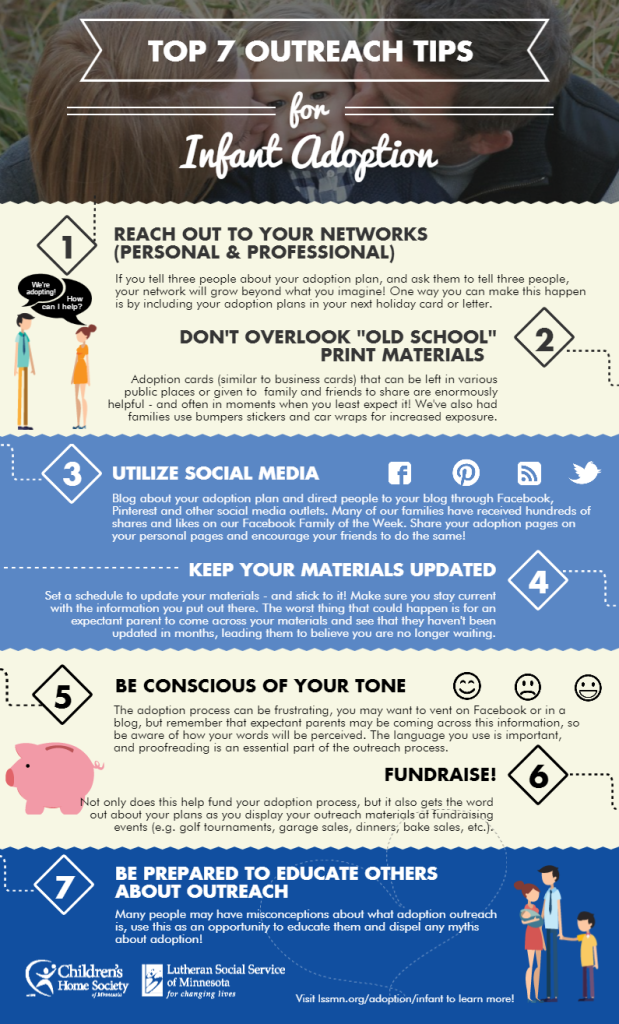
We See The Moon: By Carrie Kitze (Author)
An elegant and evocative book for adopted children to open the birthparent and adoption dialog between parent and child.
Danielle, Where Are You? (Vietnam): By Cindy Roberts (Author)"Danielle, Where Are You?" is an adoption story written for young children ages three to eight years old. It is a true story told in fairy tale form, with colorful, imaginative illustrations and lively text. Enjoy visiting many foreign lands while searching for Danielle. This book was specially written to help explain adoption to young children.
When I met You-A Story of a Russian Adoption (Russia): By Adrienne Eldert Bashista (Author)
Based on the author's family's experience, this book describes a child's life before and after she was adopted from Russia. From scenes in the orphanage to the child’s Russian birthmother, this is one of the first children’s picture books to chronicle the special background of children adopted from Russia. Delicate watercolor illustrations perfectly compliment this poetic and heartfelt text. When I Met You is a celebration of the joy that adopting a child brings to a family.
Delicate watercolor illustrations perfectly compliment this poetic and heartfelt text. When I Met You is a celebration of the joy that adopting a child brings to a family.
Borya and the Burps-An Eastern European Adoption Story (Easter Europe): By Joan McNamara (Author)
Nikolai, the Only Bear (Russia/Eastern Europe): By Barbra Joosse (Author)
There are one hundred orphans at the Russian orphanage, but Nikolai is the only bear. He growls when he speaks and claws the air when he plays. "Play nice, Nikolai," the keepers say. No one wants to take Nikolai home. Until one day, when a fur-faced man and a smooth-faced woman come to visit from America. They growl with him and play with him, and sing songs that make him feel soft-bearish. And when it's time for them to go home, Nikolai knows that he has found the right family at last.
Chinese Eyes (China): By Marjorie Ann Waybill (Author)
An adopted Korean girl gets a lesson in how unimportant it is that some people think she is different.
Avery Aardvark Finds Hope: By Donna O’Toole (Author)
A Read-Aloud Story by Donna O'Toole for people of all ages about loving and losing, friendship and hope. Aarvy Aardvark's family have all been taken far, far away to a place called "Zoo." Aarvy is so sad and upset that he can't eat or sleep. In fact, he is so full of despair and hopelessness that he just wants to die. Ralphy Rabbit, who befriends Aarvy, helps Aarvy learn about the strengths within himself.
Siblings
Ages 4-8
Jin Woo: By Eve Bunting (Author)
David likes his family the way it has always been, just him and Mom and Dad. He never wanted to be a big brother. And he certainly didn’t want Jin Woo, the little baby from Korea, to join the family. Now Jin Woo is getting all the attention, and David feels as if no one cares about him anymore. But then a surprising letter helps him to understand that being a brother can mean being surrounded with more love than ever.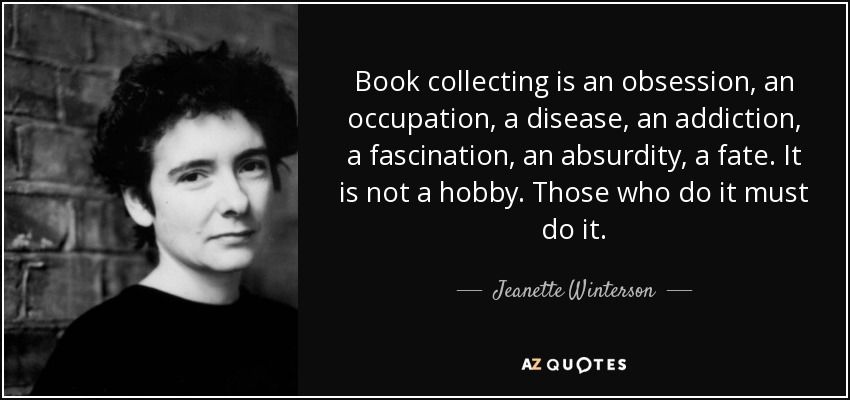
Waiting for May: Children’s Story About Adoption: By Janet Morgan Stoeke (Author)
In this beautifully rendered tale, a young boy eagerly anticipates the arrival of his new sister, who is living in China and waiting to be adopted by his family. As the weeks pass by, his excitement builds until, one day, the family receives a photo of the new baby. How wonderful! but they must wait until May to go to China to meet her and bring her home. in honor of this, the family decides to name her May. And then—at last—the waiting for May is over, and they are finally able to bring their new baby home. timely and meaningful, this beautiful adoption story captures the anticipation and immense joy of welcoming a new baby.
Just Add One Chinese Sister: An Adoption Story: By Patricia McMahon (Author)
Claire and her mother are working together on a scrapbook as they relive their first days and hours together following Claire's arrival from her birth home in China.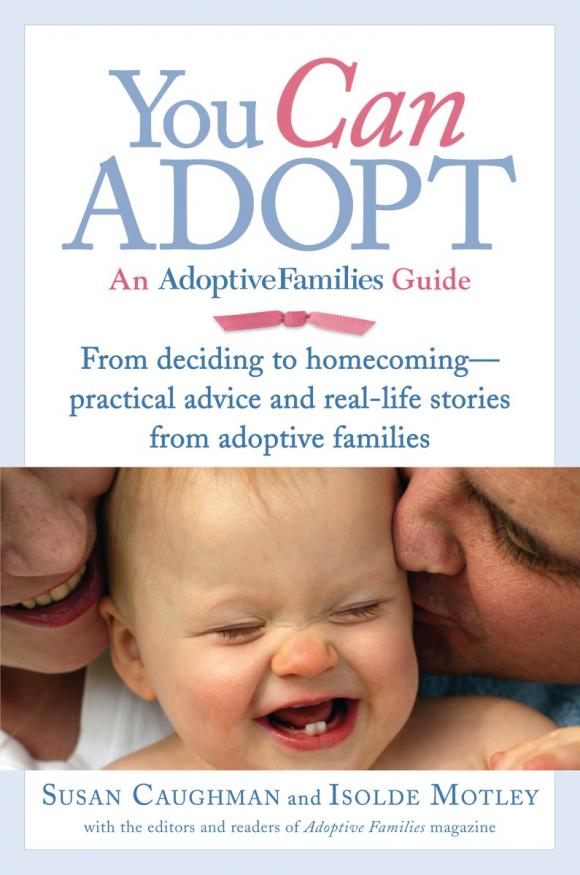 Claire's big brother, Conor, had kept a journal as he anticipated the day his new sister would arrive, and these entries also become part of their book of memories. They remember how, at first, Claire was scared of her new parents and brother, who all spoke a different language than she was used to hearing. But these foreigners loved the adopted Claire, and little by little, they shared experience that brought them together and made them into a family.
Claire's big brother, Conor, had kept a journal as he anticipated the day his new sister would arrive, and these entries also become part of their book of memories. They remember how, at first, Claire was scared of her new parents and brother, who all spoke a different language than she was used to hearing. But these foreigners loved the adopted Claire, and little by little, they shared experience that brought them together and made them into a family.
Seeds of Love: For Brothers and Sisters of International Adoption: By Mary Ebejer Petertyl (Author)
Adding a new baby to the family is an exciting time for young children. It can also be a stressful one -- especially if you're a young child whose parents will be traveling abroad without you to complete an international adoption.
Lovingly written and beautifully illustrated, Seeds of Love gives parents fun and practical ideas for easing their children's anxiety prior to international adoption travel.
My Mei Mei (China): By Ed Young (Author)
More than anything else in the world, Antonia wants a Mei Mei, little sister, to call her own. But when she and her mother and father fly all the way to China to get her little sister and Antonia finally meets her, she is not at all like Antonia imagined her: She can’t walk. She can’t talk. She just cries and steals attention. But is her Mei Mei all that bad? This charming personal story from Ed Young follows a little girl as she learns what being a big sister is all about, and discovers the real meaning of family.
But when she and her mother and father fly all the way to China to get her little sister and Antonia finally meets her, she is not at all like Antonia imagined her: She can’t walk. She can’t talk. She just cries and steals attention. But is her Mei Mei all that bad? This charming personal story from Ed Young follows a little girl as she learns what being a big sister is all about, and discovers the real meaning of family.
Teens
Adopted Teens Only-A Survival Guide to Adolescence: By Dabea Gorbbett (Author)
All adopted teens have questions-questions about their adoptive family, about their birth parents, and about how adoption has affected and will continue to affect their lives. But not every adopted teen knows how to approach these questions or how to handle the intense emotions and high stress often associated with them.This guide has answers. Based on true stories, extensive research, and Danea Gorbett's own in addition to her background in psychology and education, Adopted Teens Only delivers:Suggestions for bringing up sensitive topics with all types of adoptive parentsInsight on what your adoptive parents might be going throughTrue stories of birth mothersPractical information on whether and how to search for birth parentsSeasoned advice on what to expect and how to prepare for reuniting with a birth parent.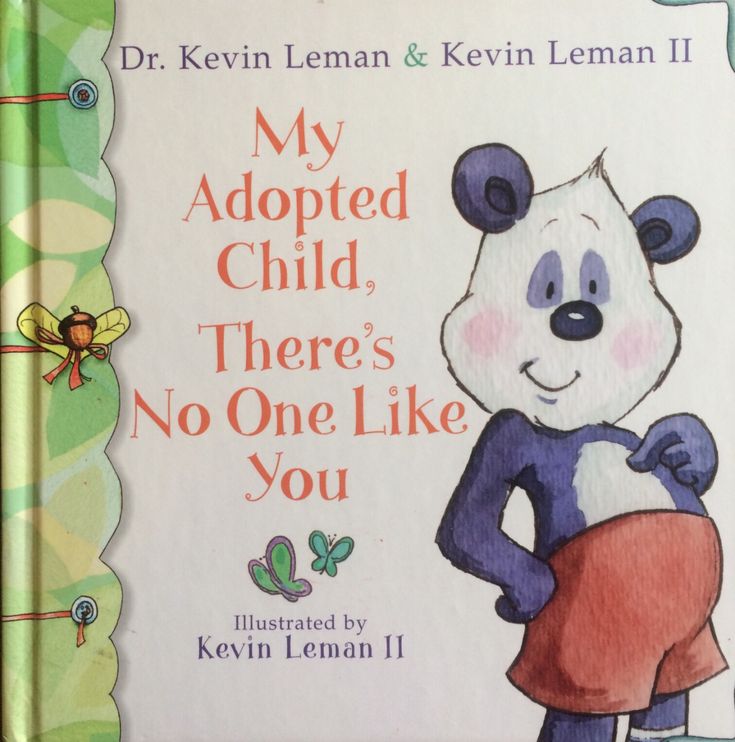 Gorbett offers confirmation that what you feel, think, wonder, and worry about as an adopted teen is normal and important, and she helps you acknowledge and celebrate the unique gifts and many advantages of growing up adopted.Comforting, empowering, and ultimately practical, Adopted Teens Only is the indispensable survival guide for adopted adolescents and anyone who loves them.
Gorbett offers confirmation that what you feel, think, wonder, and worry about as an adopted teen is normal and important, and she helps you acknowledge and celebrate the unique gifts and many advantages of growing up adopted.Comforting, empowering, and ultimately practical, Adopted Teens Only is the indispensable survival guide for adopted adolescents and anyone who loves them.
Adoption Today: By Ann E. Weiss (Author)
In Adoptions Today, Ann E. Weiss explores the issues and controversies surrounding adoption and presents a history of the subject from ancient times to the modern day. The result is a clear, unbiased picture of adoption, past and present. Among the questions the author raises: Why did public attitudes toward adoption change so dramatically in the early twentieth century? What were the reasons for the secrecy that shrouded most adoptions until only a few years ago? Why are interracial and international adoption rates growing so rapidly? What are the implications of such adoptions for parents and children? How does the adoption process work?
YELL-Oh Girls! Emerging Voices Explore Culture, Identity, and Growing Up Asian American: By Vickie Nam (Author)
In this groundbreaking collection of personal writings, young Asian American girls come together for the first time and engage in a dynamic converstions about the unique challenges they face in their lives. Promoted by a variety of pressing questions from editor Vickie Nam and culled from hundreds of submission from all over the country, these revelatory essays, poems, and stories tackle such complex issues as dual identities, culture clashes, family matters, body image, and the need to find one's voice.
Promoted by a variety of pressing questions from editor Vickie Nam and culled from hundreds of submission from all over the country, these revelatory essays, poems, and stories tackle such complex issues as dual identities, culture clashes, family matters, body image, and the need to find one's voice.
Parents
Are Those Your Kids? American Families with Children Adopted from Other Countries. Talking with Young Children About Adoption: By Mary Watkins, Susan Fisher (Authors)
This book, designed to help adoptive parents, as well as professional counselors and therapists, deal with questions youngsters ask about their adoption, contains revealing conversations between parents and their children, aged two to 10, from 20 families of all kinds--single, lesbian and interracial, among them. Psychologist Watkins ( Waking Dream ) and psychoanalyst Fisher (coauthor of To Do No Harm ) are themselves adoptive mothers. Stressing that "the adoptive family integrates diversity," and that "children come into families in different ways," the authors seek to prepare parents to acquaint children with their origins through frank talk, stories and play.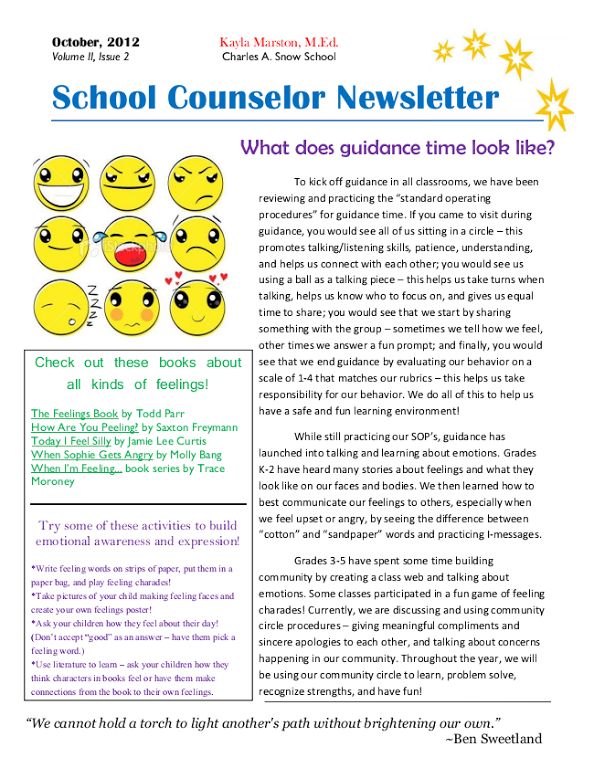 The children's contribution in the book shows them ready to face reality, for the most part; their comments are probing, humorous and touching.
The children's contribution in the book shows them ready to face reality, for the most part; their comments are probing, humorous and touching.
Real Parents, Real Children: Holly Van Gulden (Author)
Required reading for adoptive families, those considering adoption, or professionals in the field. This practical, informative book covers topics of vital importance to adoptive parents with sensitivity and insight. The authors bring years of experience to the complex emotional issues that parents will negotiate, and expert advice on establishing a healthy, loving parent-child relationship.
Raising Adopted Children: Practical Reassuring Advice for Every Adoptive Parent: By Lois Ruskai Melina (Author)
In this completely revised and updated edition of Raising Adopted Children, Lois Melina, editor of Adopted Child newsletter and the mother of two children by adoption, draws on the latest research in psychology, sociology, and medicine to guide parents through all stages of their child's development.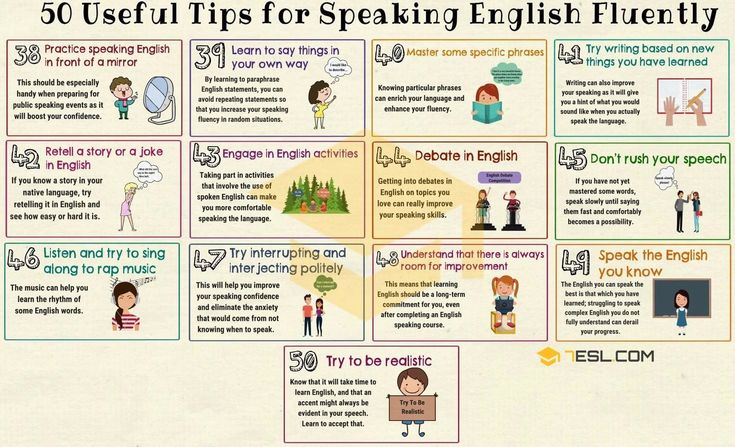 Melina addresses the pressing adoption issues of today, such as open adoption, international adoption, and transracial adoption, and answers parents' most frequently asked questions.
Melina addresses the pressing adoption issues of today, such as open adoption, international adoption, and transracial adoption, and answers parents' most frequently asked questions.
Attaching in Adoption: Practical Tools for Today’s Parents: By Deborah D. Gray (Author)
Proper attachment is the most fundamental issue in a successful adoption, but what exactly does the term mean? Attaching in Adoption answers that question thoroughly, and it provides solutions to a variety of specific attachment problems.
Along with technical explanations of challenges such as self-esteem, childhood grief, and limit-testing, the book includes a tremendous number of personal vignettes illustrating attachment-related situations. Parents who are convinced that only their child has ever behaved a certain way are sure to take comfort in these stories; not only do they include kids from all backgrounds and age groups, but each has an ultimately happy ending. The emotional health of the whole family is also paramount according to the book--with plenty of rest and "alone time," caregivers are more likely to be emotionally available when they are most needed.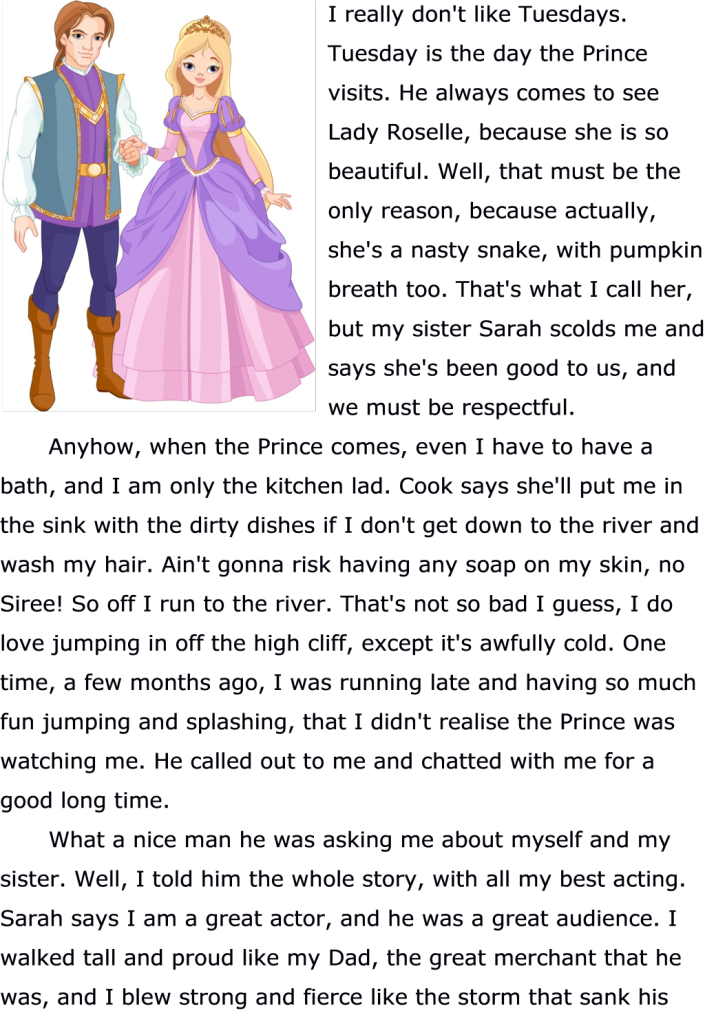
Parenting the Hurt Child: Helping Adoptive Families Heal and Grow: By Gregory Keck, Regina Kupecky (Authors)
The world is full of hurt children, and bringing one into your home can quickly derail the easy family life you once knew. Get effective suggestions, wisdom, and advice to parent the hurt child in your life. The best hope for tragedy prevention is knowledge! Updated and revised.
Adopting the Hurt Child: Hope for Families With Special-Needs Kids: A Guide for Parents And Professionals: By Gregory Keck, Regina M. Kupecky (Authors)
Without avoiding the grim statistics, this book reveals the real hope that hurting children can be healed through adoptive and foster parents, social workers, and others who care. Includes information on foreign adoptions.
Adopting A Toddler: What Size Shoe Does She Wear?: By Denise Harris Hoppenhauer (Author)
Finally, a childcare book written with the unique needs of adopted toddlers in mind. Written by an adoptive parent, Adopting A Toddler: What Size Shoes Does She Wear? is an indispensable guide to the wonderful world of toddler adoption. Filled with essential parenting information, Adopting a Toddler answers many questions that parents ask, including questions about changing a name, choosing a crib versus a bed, beginning potty training, and what size shoes to buy. Adopting a Toddler is easy to read and covers every aspect of adopting a one to four year-old; with sections on the toddler wardrobe, the nursery, child safety, mealtime, bath time, selecting a pediatrician, medical considerations, international adoption travel, pre and post adoption resources, and more.
Written by an adoptive parent, Adopting A Toddler: What Size Shoes Does She Wear? is an indispensable guide to the wonderful world of toddler adoption. Filled with essential parenting information, Adopting a Toddler answers many questions that parents ask, including questions about changing a name, choosing a crib versus a bed, beginning potty training, and what size shoes to buy. Adopting a Toddler is easy to read and covers every aspect of adopting a one to four year-old; with sections on the toddler wardrobe, the nursery, child safety, mealtime, bath time, selecting a pediatrician, medical considerations, international adoption travel, pre and post adoption resources, and more.
What Books about Adoption Would You Recommend for Children?
One of the best pieces of advice my husband and I received after we brought our daughter home from the adoption agency was to tell her every night how she came to be a part of our family. This way, when she is old enough to start asking questions, we already have it down. We don’t have to figure out what is age-appropriate, how to explain the tough and hard parts, and what we want to say in the span of just two seconds.
We don’t have to figure out what is age-appropriate, how to explain the tough and hard parts, and what we want to say in the span of just two seconds.
At first, I thought it was a little crazy to explain this big, intricate, beautiful story to a 2-week-old, big brown-eyed baby. Not that adoption is a taboo word or something we don’t want to talk about, but how do we explain it? I found myself looking for ways to explain it all and then remembered that for our baby shower, we asked for books in lieu of cards. I quickly read through them all and figured this would be a great starting point for us. We are avid readers in our house, and what better way to explain to our precious little girl how she came to be with us than a book with pictures and characters she can relate to and are age-appropriate?
As she has gotten older, these books have been a blessing to have. She has entered into that age where all she wants to do is read books all day every day, which I love being able to encourage in her.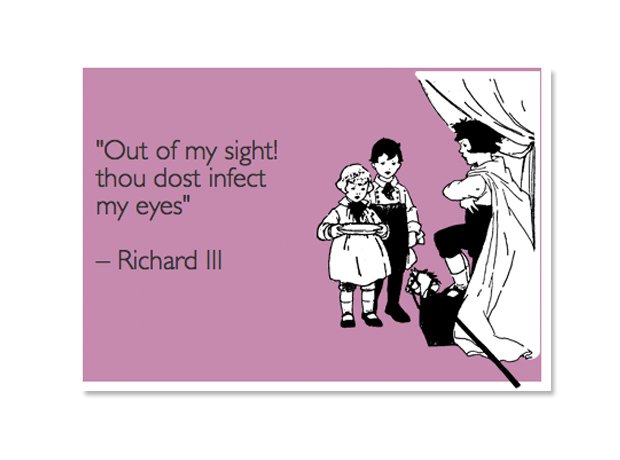 I’m so thankful that we have books that talk about not only infant domestic adoption, like ours, but international, foster, stepparent, and family adoption as well. We also love having books that talk about transracial adoption since we are a transracial family.
I’m so thankful that we have books that talk about not only infant domestic adoption, like ours, but international, foster, stepparent, and family adoption as well. We also love having books that talk about transracial adoption since we are a transracial family.
I’ve compiled a list of books below that hit all the different types of adoptions, race, family types, and settings.
Happy Adoption Day by John McCutcheon. What a wonderful book based on a beautiful song! The true treasure of this book is the illustrations by Julie Paschkis. Her art displays transracial families, single parents, gay parents, young parents, older parents, siblings, and only children. It’s wonderful to have a book that illustrates all of the many unique family types. A great bonus is that, in the back of the book, it has the sheet music for the Adoption Day Song the book is based on. So dust off the keyboard or the old recorder and sing/read along with this beautiful book.
Tell Me Again About the Night I Was Born by Jamie Lee Curtis.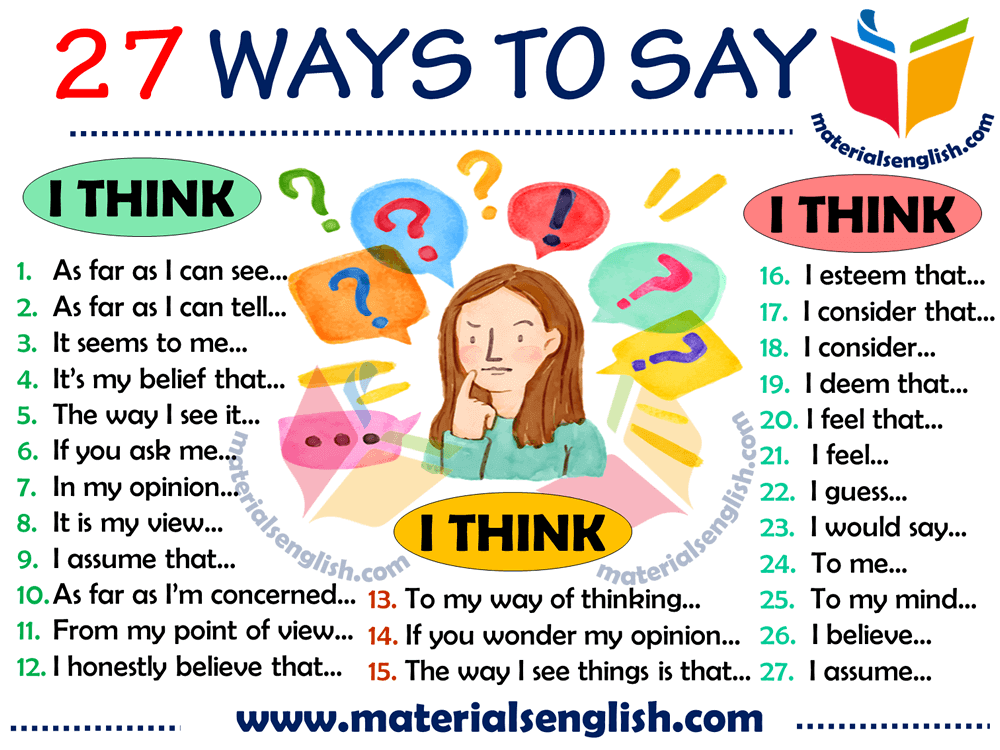 You read that right, Jamie Lee Curtis, the famed actress is an adoptive mom! She wrote this book for her daughter who she adopted through an adoption attorney. This book is great for families who have suffered infertility as it quotes, “Tell me again how you couldn’t carry a baby in your tummy…” Here’s another relatable quote for families who have traveled to bring their little one home: “Tell me again about how you got on an airplane with my baby bag and flew to get me…” This book is filled with real-life situations, lightened with even better humor. The illustrations by Laura Cornell are so fun and witty. There are hidden gems like the ‘Tub O Lard’ diaper cream or the cup with teeth soaking on the grandpa’s nightstand that are going to keep children and parents giggling and interested for sure.
You read that right, Jamie Lee Curtis, the famed actress is an adoptive mom! She wrote this book for her daughter who she adopted through an adoption attorney. This book is great for families who have suffered infertility as it quotes, “Tell me again how you couldn’t carry a baby in your tummy…” Here’s another relatable quote for families who have traveled to bring their little one home: “Tell me again about how you got on an airplane with my baby bag and flew to get me…” This book is filled with real-life situations, lightened with even better humor. The illustrations by Laura Cornell are so fun and witty. There are hidden gems like the ‘Tub O Lard’ diaper cream or the cup with teeth soaking on the grandpa’s nightstand that are going to keep children and parents giggling and interested for sure.
We Belong Together by Todd Parr. A friend’s daughter who is adopted bought this book for us. She wrote to our daughter, “I hope this book brings you joy. Love is love. Every child needs loving parents, and we found that. We’re all different but all the same. We belong together!” This encapsulates the book perfectly as the story is based on reassurance of why you and your child belong together, nothing else. There isn’t a backstory of how the family came to be, just that they belong together. Whether you were brought together through domestic, international, or foster adoption, this book is for you. The simple illustrations and bold colors are a surefire way to keep even the youngest readers’ attention.
We’re all different but all the same. We belong together!” This encapsulates the book perfectly as the story is based on reassurance of why you and your child belong together, nothing else. There isn’t a backstory of how the family came to be, just that they belong together. Whether you were brought together through domestic, international, or foster adoption, this book is for you. The simple illustrations and bold colors are a surefire way to keep even the youngest readers’ attention.
God Found Us You by Lisa Tawn Bergren. This book is perfect for the religious family, family who has suffered infertility, the transracial family, and the single adoptive mother family. The story starts with the little fox asking his mother to tell him about how the little fox came to be with his mama fox. The watercolor illustrations by Laura J. Bryant are absolutely stunning. The choice to make the two foxes different colors is perfect. The intricate detail in the mother’s fur as she waits for her little fox doesn’t go unnoticed and hits home with any waiting adoptive mother. I dare anyone to get through this book without getting a little choked up.
I dare anyone to get through this book without getting a little choked up.
I Wished for You by Marianne Richmond. This is by far my favorite story to read my daughter. The story is about a mama bear and her baby bear. It weaves together the baby bear’s story of how they came to be a family. The best part about this story is it’s customizable! How cool, right? The website to customize is very user-friendly, and you are able to preview the book before purchasing. The illustrations are soft in neutral colors, which is great for right before bedtime to ease the mind into sleep. I highly recommend this book for everyone in the adoption world. Whether you are a single parent home, transracial family, international or domestic adoption, or just someone who would love to gift a book to a friend or family member who is adopting, this book is for you.
And That’s Why She’s My Mama by Tiarra Nazario. What is a mama? That’s kind of an abstract thought, right? Well, this book picks apart that thought and explains what a mama is.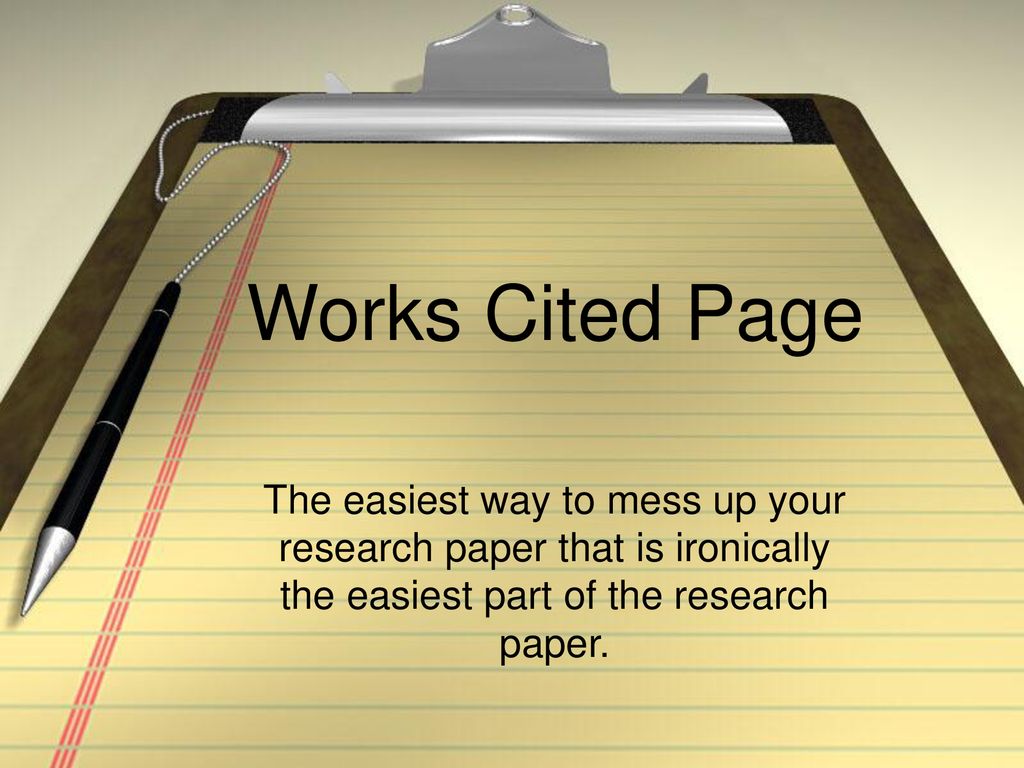 She picks you up when you have a boo-boo; she tucks you in at night; she loves you. I believe this opens the door to those tough conversations that we as adoptive parents know will come. What is the difference between our child’s birth parents and adoptive parents? Ultimately, that’s the conversation you will have to have, but luckily, a book like this can help soften those hard conversations.
She picks you up when you have a boo-boo; she tucks you in at night; she loves you. I believe this opens the door to those tough conversations that we as adoptive parents know will come. What is the difference between our child’s birth parents and adoptive parents? Ultimately, that’s the conversation you will have to have, but luckily, a book like this can help soften those hard conversations.
Over The Moon by Karen Katz. Did you travel to a faraway place to bring your child home? If so, this book is for you. Karen Katz wrote this story about her and her husband bringing their daughter home from Guatemala. From getting that anticipated phone call, flying in an airplane, to bringing that precious little one home, this story covers it all. I believe the most relatable part in the book is where the fruit seller, the neighbor, and the grandma keep asking if they have a baby yet. The illustrations in this book are beautiful. You can see Karen Katz’s background in costume design, graphic design, and art.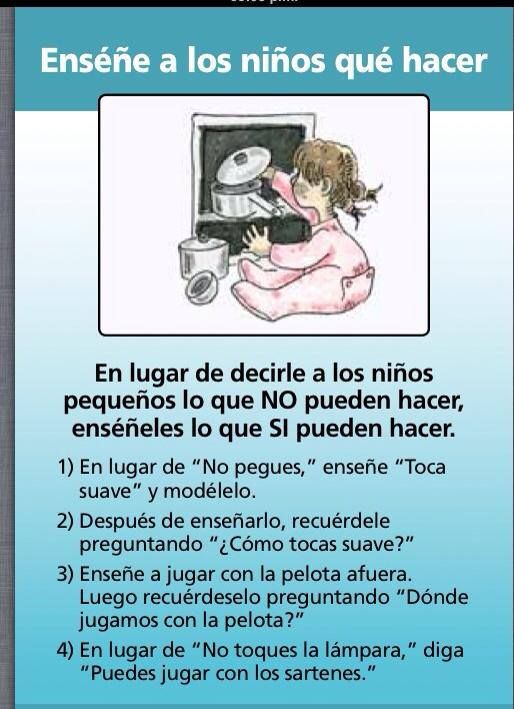 It is vibrant in color, and the design is cohesive with our other favorite Karen Katz book, The Color of Us.
It is vibrant in color, and the design is cohesive with our other favorite Karen Katz book, The Color of Us.
Yes, I’m Adopted by Sharlie Zinniger. If you had an infant adoption, this is the book for you. This book is very simple and doesn’t go into much detail, but it’s a great conversation starter about how adoption is built around love. The colors in this book are vibrant and beautiful. I’m a sucker for a narrator with red hair and freckles. You can’t beat a dollar book, in my opinion, so hurry and get this one.
The Adoption Tree by Kimberly James. This story is about a tiny tree that was growing then was uprooted and planted in a new perfectly chosen spot. I love the imagery of this story. What a beautiful example of adoption and a building block for future conversations. This is a great starter point to talk to our children about how their birth family, their heritage, and their culture are their roots. It even talks about their adoptive family and the family they will create when they grow.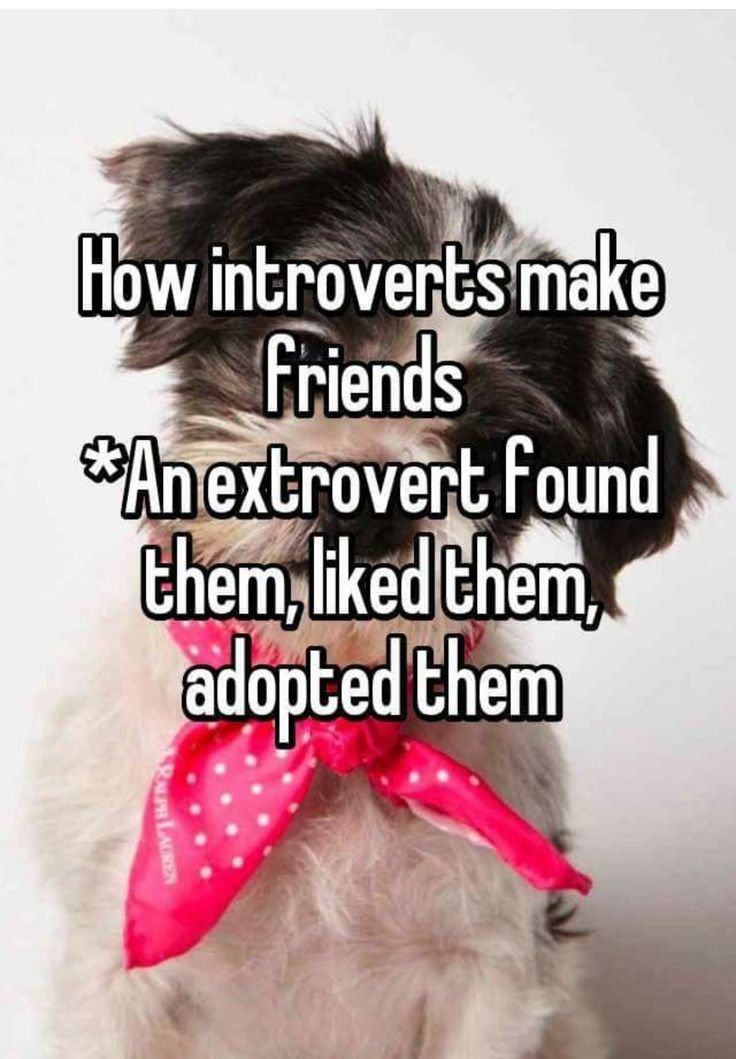
A Mother for Choco by Keiko Kasza. Have you read, Are You My Mother? by P.D. Eastman? I thought it would be a great story to read to my daughter and a great conversation starter for adoption. Boy, was I wrong! It fell short in so many ways. But then I found A Mother for Choco! It is along the same lines but is so much better. Choco wants a mother and goes on a journey to find one. He finds a mama bear, and once at the bears’ home, he is introduced to her other children: a piglet, an alligator, and a hippopotamus. Choco learns that families can look different, and the thing that brings them together is love, no matter their shape or size. This is especially great for foster families and families made through foster adoption.
The Adoption Coloring Book: An Adoption Primer for Young Children by Larisa Collins. When I found this, I actually giggled with joy. What a fun and cool way to open up about talking about adoption. Ask any scholar and he or she will tell you that to get a child to open up and talk is through play, or in this case, coloring.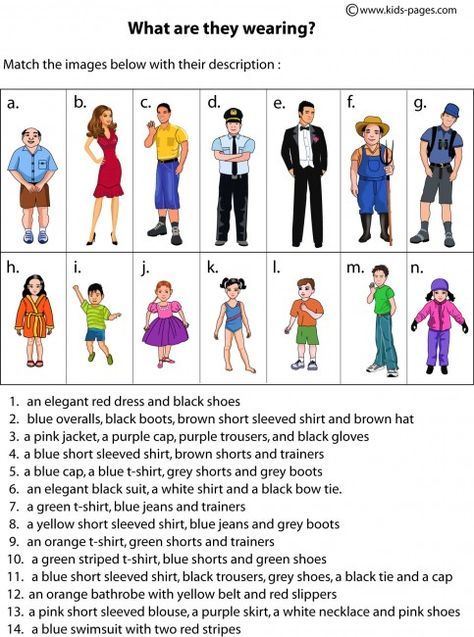 This coloring book is meant for any and every type of adoption. International, domestic, infant, foster, and even stepparent adoption are displayed throughout this book. What’s even better is that with it being a coloring book, you get to determine what each person looks like, and I absolutely adore that. Because as we all know, families come in different shapes and colors.
This coloring book is meant for any and every type of adoption. International, domestic, infant, foster, and even stepparent adoption are displayed throughout this book. What’s even better is that with it being a coloring book, you get to determine what each person looks like, and I absolutely adore that. Because as we all know, families come in different shapes and colors.
I’m Yours by Ashley Cameron. I would suggest this book for the older child and for the Christian family who has internationally adopted. Kerri Gorecki, an adoptive mother of ten provides a beautifully written and illustrated adoption story. This story does a wonderful job of addressing the mix of emotions felt by both mother and daughter. Now, there is finally an adoption book that shows how God’s hand brings families together and equips them with the amazing love they need without ignoring the loss an adoptee suffers. Ashley wrote this book as she prepared to meet her daughter in China. All of the proceeds she makes from this book are donated to families who are in the adoption process. So not only do you get an amazing book, you yourself get to help bring a family together.
So not only do you get an amazing book, you yourself get to help bring a family together.
How I Was Adopted by Joanna Cole. Sam has a story all her own and loves to share it. This book is great for infant adoption families. I love the fact that the narrator, Sam, will tell the reader a little bit of her story and then ask the reader about his. It’s a great way to get your child, and you, talking about your child’s own adoption story. I would suggest this story for older children just because Sam does talk about how, “every baby grows in a special place inside a woman’s body. That place is called her uterus.” And there are cartoon pictures of Sam’s birth mom pushing Sam out of her uterus. If that doesn’t bother you, then this is the book for you!
Forever Family by Kelly and Lindsey Bullard. This story uses “Gotcha Day” to explain how their son became part of their family. This is a great book not only for transracial families, but also for families who are adopting and want to explain to their biological children what adoption is.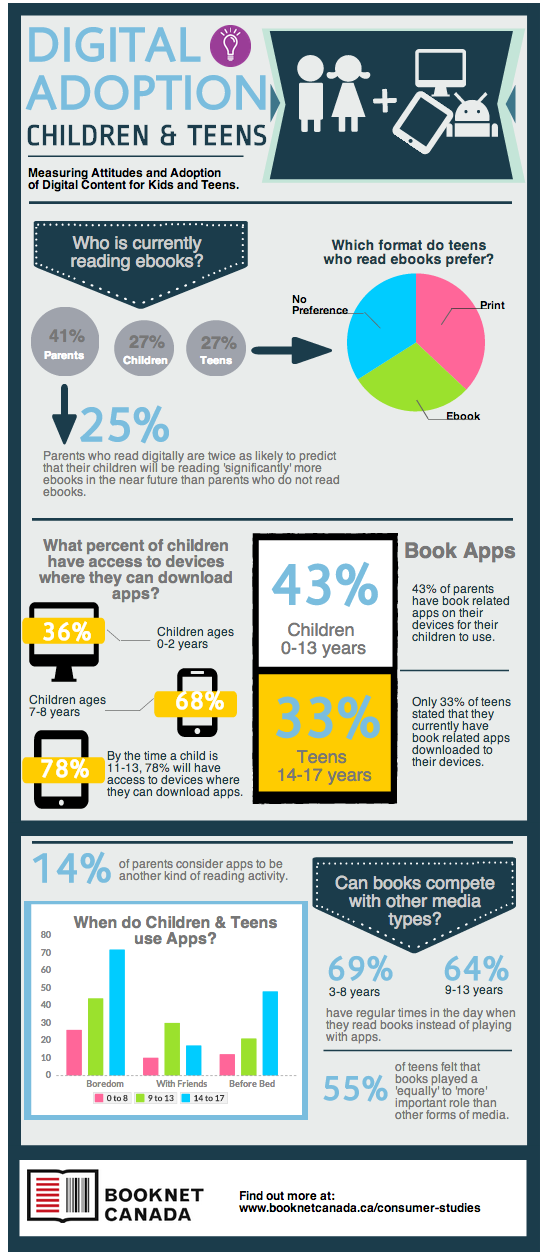 It explains everything so simply that anyone of any age can understand and also be so excited about adoption.
It explains everything so simply that anyone of any age can understand and also be so excited about adoption.
Our adoptive children have so many books they can now pick up and relate to. What an amazing world we live in that there are so many books out there that are just at the click of a “buy” button on the Internet or a quick search at the local library.
I hope you enjoyed reading a quick review of these books and found something that you and your child can relate to. Will you drop a comment below or share the article and tell us which books you have or are eager to read?
Khrystian Hembree is a proud military wife, a momma to an adventure-seeking and spunky little girl, and a freelance copywriter. She enjoys hosting playgroup, reading books, leading worship at her church, and anything that includes donuts and coffee.
How to tell a child that he is adopted
Keeping the secret of adoption is mandatory for everyone except parents: it’s just better for them to tell the truth to the child in early childhood ? This question sooner or later confronts many foster mothers and fathers who have adopted or taken custody of a baby.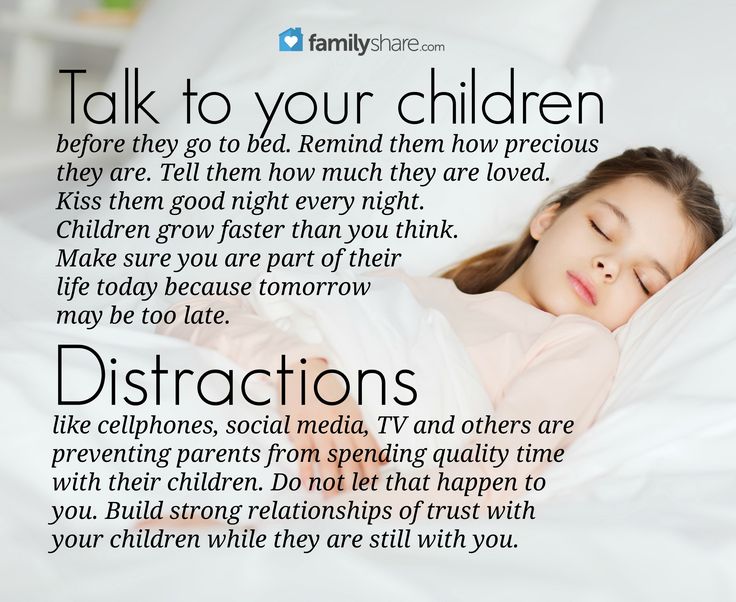 “Definitely necessary,” - recently, experts on family organization are unanimous in this. But how exactly to communicate this information? In what cases can the truth about the appearance in the family become a trauma for a child? Elena Machinskaya, psychologist-consultant of the Change One Life Charitable Foundation, mother of four children, including three adopted ones, tells. nine0006
“Definitely necessary,” - recently, experts on family organization are unanimous in this. But how exactly to communicate this information? In what cases can the truth about the appearance in the family become a trauma for a child? Elena Machinskaya, psychologist-consultant of the Change One Life Charitable Foundation, mother of four children, including three adopted ones, tells. nine0006
Everything secret becomes clear sooner or later. This folk wisdom always works, and the story of the appearance of a child in a family is no exception. Therefore, adoptive parents are encouraged to think in advance about how and when they will inform the child about his parentage. Those who have already taken children into the family think about this and now can’t decide whether to tell them the truth. However, today, when passing a DNA test for kinship has become a matter of one or two days, the desire to keep a secret from a child is a meaningless exercise. nine0003
Hiding the truth, parents risk losing their child's trust
The habit of keeping the "secret of adoption" appeared in our country in the first third of the 20th century.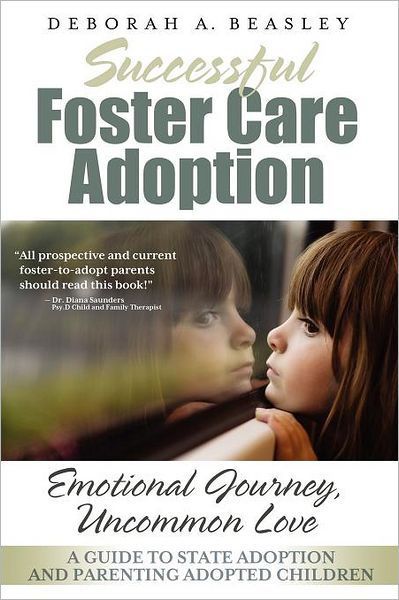 Then relatives and friends of people arrested under political articles took their children to their families. At that time, the interests of the child demanded that no outsider should know that his biological father or mother was "enemies of the people." Today, the need for such protection has disappeared, and fear has remained, often unconscious.
Then relatives and friends of people arrested under political articles took their children to their families. At that time, the interests of the child demanded that no outsider should know that his biological father or mother was "enemies of the people." Today, the need for such protection has disappeared, and fear has remained, often unconscious.
“Keeping such a secret from a child all his life is impossible,” says Elena Machinskaya. “Especially in modern conditions: dozens or even hundreds of people are involved in the process of registration of guardianship, adoption, acceptance of a child into a new family. One way or another, they know the parents and the child, they know where the family lives.” nine0003
If the parents did not immediately talk to the child about his origin, there is an almost one hundred percent chance that he will learn about it from outsiders, and often at the most inopportune moment.
It is especially dangerous if a child learns the truth from strangers during adolescence. During this period, he, like any teenager, may have difficult relationships with his parents, and his psychological state is unstable due to hormonal changes in the body: the severity of emotions reaches a peak and pushes him to rash and destructive actions. This can lead to unpleasant consequences. nine0003
During this period, he, like any teenager, may have difficult relationships with his parents, and his psychological state is unstable due to hormonal changes in the body: the severity of emotions reaches a peak and pushes him to rash and destructive actions. This can lead to unpleasant consequences. nine0003
“The reaction is likely to be shock: “My parents lied to me! They are not my relatives, but strangers!” suggests Elena Machinskaya. - The feeling that you are a stranger in your own family exacerbates the crisis of adolescence many times over. Scandals, leaving home, suicidal attempts, depression, resentment for the rest of your life - this is what an unexpected disclosure of a secret can lead to.
Why parents are afraid of talking
Myths about children from the orphanage are very tenacious in society - parents often fear that their adopted child will be looked askance at, laughed at. Or they will look askance at themselves. In our society, many still believe that if a family does not have “their own”, a blood child, then these two are not able to give birth to a third, it means that they are “defective”, not like everyone else.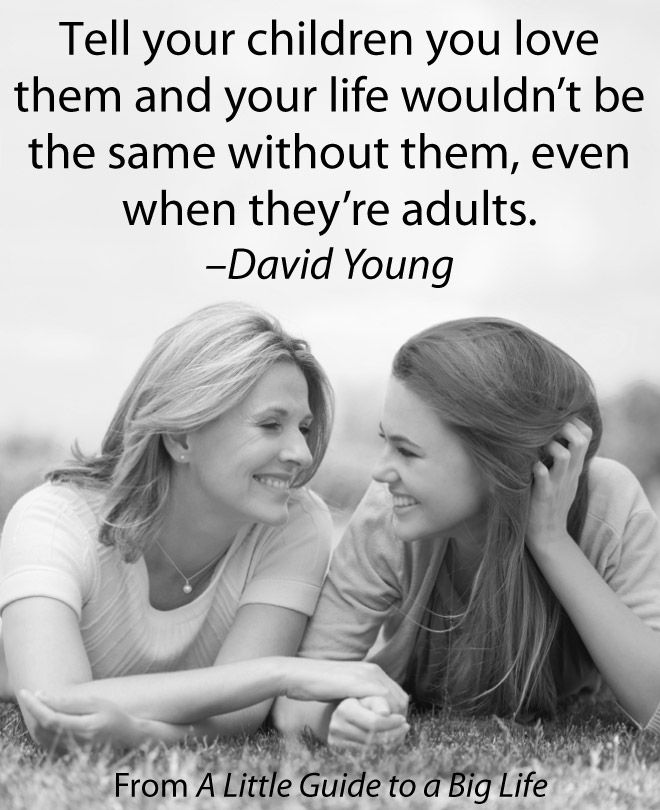 nine0003
nine0003
“My practice shows,” Elena Machinskaya refutes stereotypes, “that there is not a single family that would reveal the truth to an adopted child and then experience a strong negative from society. I don’t remember cases when someone laughed at a child or somehow singled him out, poisoned him, mocked him.
Naturalness, openness, lack of secrecy lead to the fact that both the family and its environment quickly forget that the Ivanovs have an adopted child. The presence of a secret, silence makes people explore a conditionally “empty” place, where there is clearly something, but everyone is silent about it. Any secret tends to be open, people love to discover secrets. nine0003
“Secret adoption puts both parents and child in a vulnerable situation. Its accidental disclosure causes unbearable pain to everyone. This is a time bomb that can explode at any moment. It is much easier to defuse the bomb and live in peace.”
When is the best time to talk to a child?
Experts differ here. Someone recommends telling the truth as early as 3-4 years old, someone advises waiting until a later age.
Someone recommends telling the truth as early as 3-4 years old, someone advises waiting until a later age.
As soon as the child starts asking questions about where babies come from
Elena Machinskaya says that as soon as the child begins to meaningfully ask questions about how he was born, mom and dad have a chance to correctly present the baby with information about his birth.
“A child asks you where babies come from. You can tell him that someone is coming out of his mother's tummy, but it happens that the children of mom and dad are taken from a special house on the edge of the earth - just like we took you. Sometimes parents keep a special album "Our Baby", where they mark all the significant dates and stages of their child's development. nine0003
It is also worth getting a book about the life of the adoptee. On the first page, you can stick a photo from the orphanage or draw how mom and dad pick up their son or daughter from a conditional house.
Telling a child about this, showing him such photos or drawings is natural for parents, and the kid will perceive his story calmly. Later, the child may ask a clarifying question: “Why did my mother give birth to Petya, and did you take me in the house?” “Because another woman gave birth to you, took you to the house. And we were waiting for you for a long time, we searched for a long time, found you there, were very happy and took you away. nine0003
Later, the child may ask a clarifying question: “Why did my mother give birth to Petya, and did you take me in the house?” “Because another woman gave birth to you, took you to the house. And we were waiting for you for a long time, we searched for a long time, found you there, were very happy and took you away. nine0003
At an older age, a conversation is possible when there is contact and the relationship is stable
It often happens that parents could not decide for a long time. The time for comfortable conversations with babies is over. How to prepare in such a case?
“It is not a very right decision to start a conversation at some critical moment: when the relationship between the child and parents deteriorated for some reason, in adolescence, if the child is mentally unstable and there is no feeling of mutual acceptance on his part, if he has unrequited love or he is going through another crisis." nine0003
If the situation in the family is calm, contact with the child is established, Elena Machinskaya advises watching films or cartoons with the child about foster families, reading books on the topic. “It’s better to think over the conversation in advance (you can even write key words on paper, the main thoughts that you decide to say). The main thing that a child should understand from such a conversation is that he is a beloved and important person in the family, a beloved child who is valuable and important, no matter what. You can cite familiar families or families of famous people where there are adopted children as an example. nine0003
“It’s better to think over the conversation in advance (you can even write key words on paper, the main thoughts that you decide to say). The main thing that a child should understand from such a conversation is that he is a beloved and important person in the family, a beloved child who is valuable and important, no matter what. You can cite familiar families or families of famous people where there are adopted children as an example. nine0003
How to tell the news so that it is taken calmly
The calm intonation of parents who tell their child that he is adopted will help the family get through this difficult moment.
“Answer all the questions the child has,” recommends Elena Machinskaya. - Not necessarily questions will appear immediately: your son or daughter can take a break, think and return to the conversation. It is important for adults to be ready for this, to be open, tactful, supportive.” nine0003
The main difficulty lies in the psychological attitude of the parents.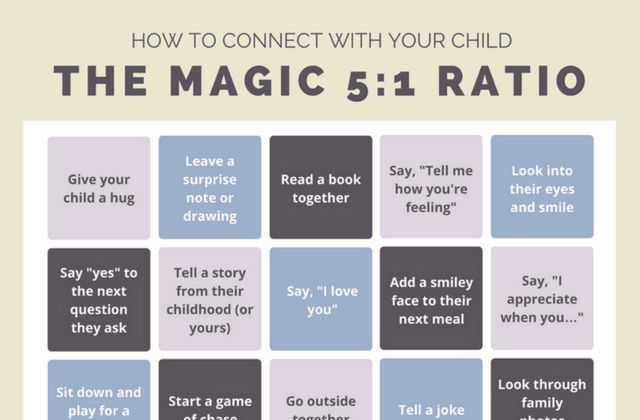 They may become overly emotional when telling the child about his birth and his decisions; sometimes they start crying, asking for forgiveness. The behavior of parents can complicate the condition of the child, in whom the knowledge of his origin will be associated with something unpleasant.
They may become overly emotional when telling the child about his birth and his decisions; sometimes they start crying, asking for forgiveness. The behavior of parents can complicate the condition of the child, in whom the knowledge of his origin will be associated with something unpleasant.
“It’s better for parents to try not to make a tragedy out of a conversation,” advises Elena Machinskaya. - Children are very sensitive to the emotions of adults: if mom is ashamed, if mom feels guilty, if she is scared, then there is something bad, dangerous, shameful in what she is talking about. It is best for a mother to try to relax as much as possible before the conversation, because nothing bad, shameful in the family has happened before and does not happen at the moment of the conversation - on the contrary, this is a step towards complete trust and openness between parents and the child. nine0003
A psychologist can be involved in the conversation if the family has experience of interacting with such a specialist.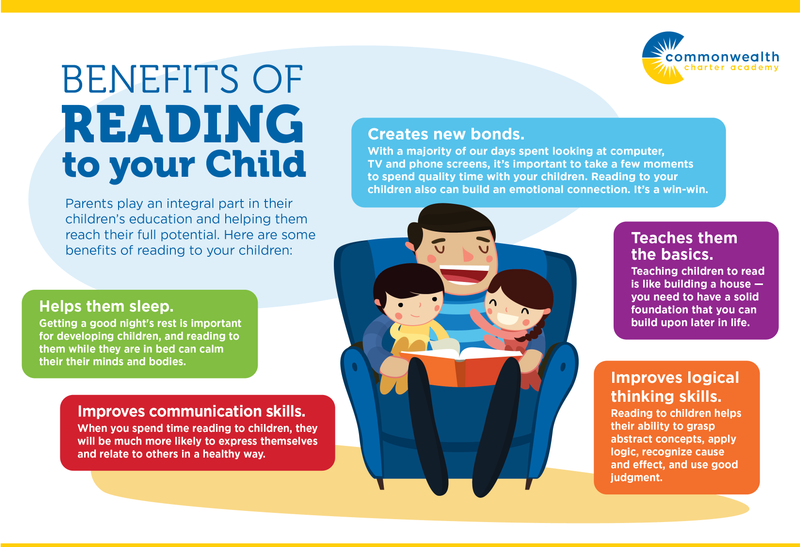 He will help parents prepare for the conversation, prepare the child, and be able to attend if the need arises.
He will help parents prepare for the conversation, prepare the child, and be able to attend if the need arises.
Photo: Collection/iStock
Lyudmila Petranovskaya "Child of two families" - social and educational project0076
Ludmila Petranovskaya
Author of numerous educational books about parenthood, video lectures, trainings and webinars. In 2012, together with like-minded people, she created the Institute for the Development of Family Devices, where future adoptive parents and social workers are trained. For many years she has been engaged in family placement of orphans, working with foster parents.
Child of two families. Book for foster parents
The book describes in detail the deepest and most painful problems of foster families. Who is the real mother of the adopted child? Should I meet the blood relatives of my children? How can a foster family – parents and children – cope with all this? The author reveals the positive algorithm of actions of adoptive parents and gives a recipe for the happiness of the foster family.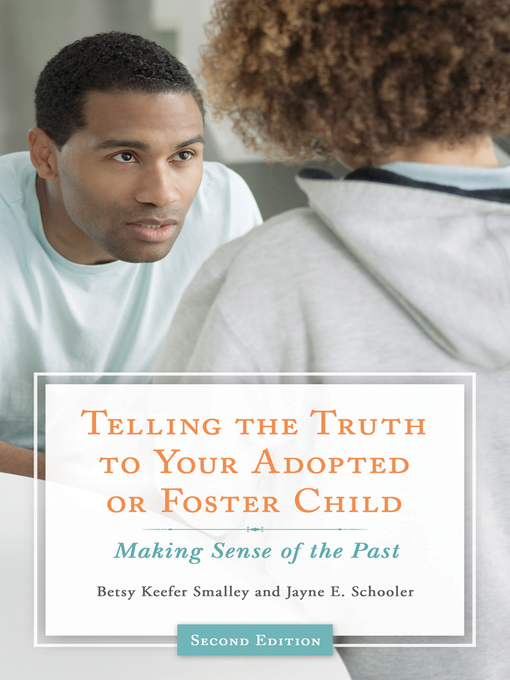 nine0003
nine0003
Annotation
The book "A Child of Two Families" is very important for foster parents and those who work with foster families. In addition, the book will be useful to families with consanguineous children, where parents disperse and create new families. Author Lyudmila Petranovskaya draws on her vast practice as a family psychologist. The most painful experience of adoptive parents is the attitude towards the blood relatives of their child. Is it necessary to keep a secret? Or will the child still find out that he is adopted? And if he finds out and stops trusting new parents? It happens that a child remembers how he had a different mother. How to behave in this difficult situation? How to keep your family whole, and accept the relatives of your new child? The book includes the experience of a family psychologist and sincere stories of foster parents and adopted children. nine0003
The book should be studied by all professionals working with foster families; including employees of guardianship and family placement services, psychologists and teachers.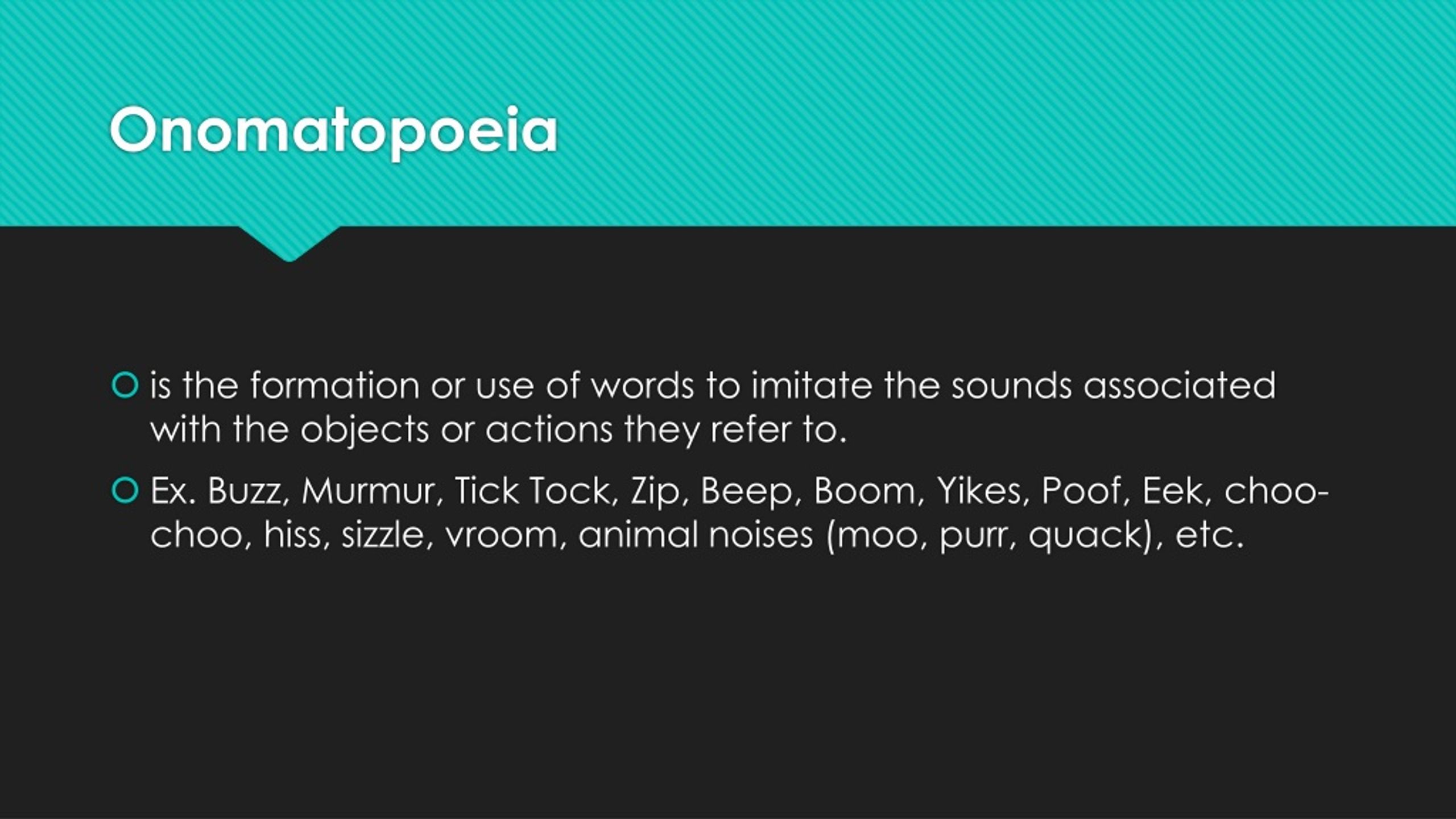 Everyone who surrounds the foster family should understand how difficult experiences in children can be provoked by an idle conversation between the nanny and the teacher, the philistine interest of neighbors, and too direct questions from doctors. Even crumbs of 2 or 3 years old already understand that strangers, but important adults, have an unusual interest in relation to them. The kids are trying to understand what is happening, why his mother is called "not real." In order for a foster family to develop, in order for trust to appear in the family, one must first of all be honest with each other. How to do it - says Lyudmila Petranovskaya. nine0003
Everyone who surrounds the foster family should understand how difficult experiences in children can be provoked by an idle conversation between the nanny and the teacher, the philistine interest of neighbors, and too direct questions from doctors. Even crumbs of 2 or 3 years old already understand that strangers, but important adults, have an unusual interest in relation to them. The kids are trying to understand what is happening, why his mother is called "not real." In order for a foster family to develop, in order for trust to appear in the family, one must first of all be honest with each other. How to do it - says Lyudmila Petranovskaya. nine0003
Summary
The book is structured in such a way as to give the reader a complete picture of the situation in the foster family. The author guides readers through every possible turn, revealing all possible questions. You can not leave anything incomprehensible behind the scenes, because the family is built on trust, understanding, acceptance. The family will live for a long time, and the foundation of relationships must be built carefully and reliably. Therefore, the content of the book has become a list of the main questions of adoptive parents.
The family will live for a long time, and the foundation of relationships must be built carefully and reliably. Therefore, the content of the book has become a list of the main questions of adoptive parents.
It is important that Lyudmila Petranovskaya included in the text of the book the stories of adults who were adopted in childhood. People who have encountered different ways of adoptive parents to protect their family understand better than all psychologists how it would actually be easier for everyone in a foster family. nine0003
It is very difficult to retell Petranovskaya's text in your own words. The first philological education and the talent of the writer allow her to achieve incredible accuracy and brightness of images in her books, for example: “At the beginning of any story about an adopted child lies pain. Then, later, this story can become bright, kind, warm, full of love and joy. But it always starts with pain. From the fact that the child was torn away from his parents, whether by their decision, by the will of evil fate or government services, but the state of affairs, which is conceived by nature: the child is in the arms of his mother or father, next to them, under their protection and care - it was broken, broken.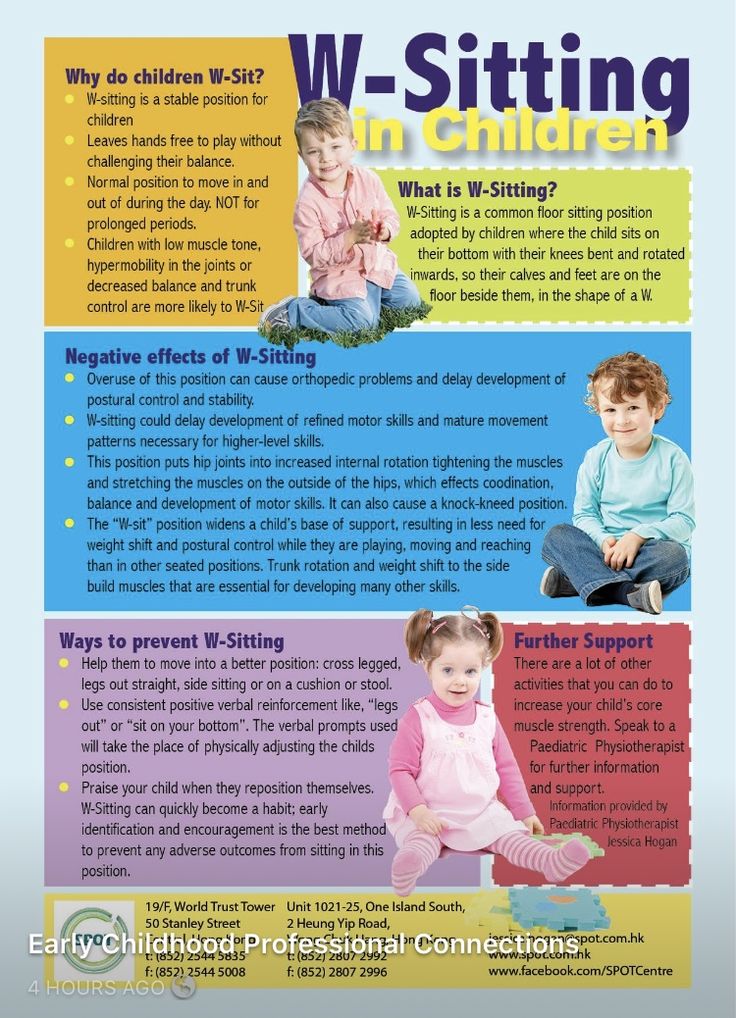 European colleagues call adoptive parents “experts in loss”. nine0003
European colleagues call adoptive parents “experts in loss”. nine0003
The main difference between an adopted child and all others is that the child is born in one family and grows up in another, or in a third. Sometimes in the fourth and fifth families. At the same time, the child needs to somehow explain, understand and accept all this for himself. Foster parents must help the child in this, which means that they themselves need to realize and experience all the facts from the history of their adopted child. And here the most severe pain of the foster family: what to say to the child, is it necessary to say anything at all if he does not ask. Is it necessary to pronounce the details of why the child lost his birth family. And if you don’t explain what problems the blood parents had, then inevitably “that first mother” becomes Very Good and would always resolve everything. But this is not true. At the same time, it is impossible to hide hereditary risks, which are often life-threatening for the child.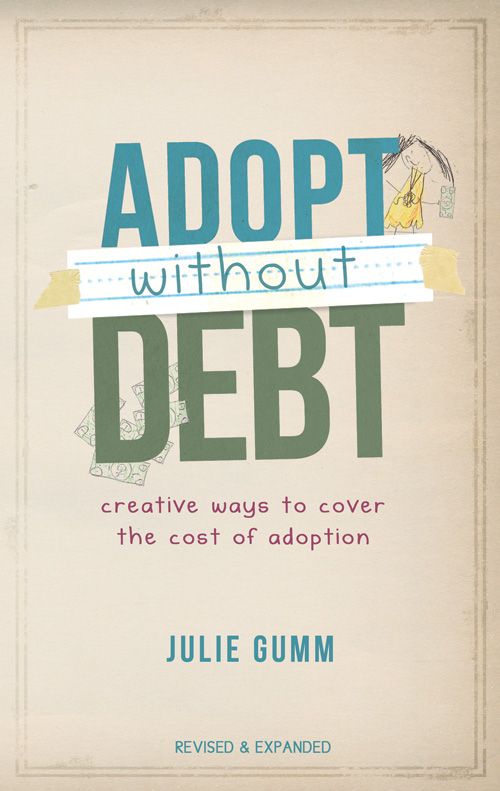 nine0003
nine0003
For our family, it was this book by Petranovskaya that became the main textbook of our life as adoptive parents. So the book really achieves the goal set by the author. Here is a quote: “Help foster parents understand their feelings and the feelings of the child, find the right words, not make mistakes, create love out of pain, harmony out of internal discord. This requires courage, honesty, wisdom, but one should not think that this is a task for superhumans. I know a lot of foster parents who have done very well. And you will succeed." nine0003
The most urgent question of foster parents is “How can I tell him?”. Is it really necessary to tell your beloved child that he is not born?
There is no single recipe - when to speak, how to tell, in what detail, and whether it is worth immediately laying out unpleasant events from the life of a blood family. All children are different, and families are different. We must find our own way, be guided by our common sense.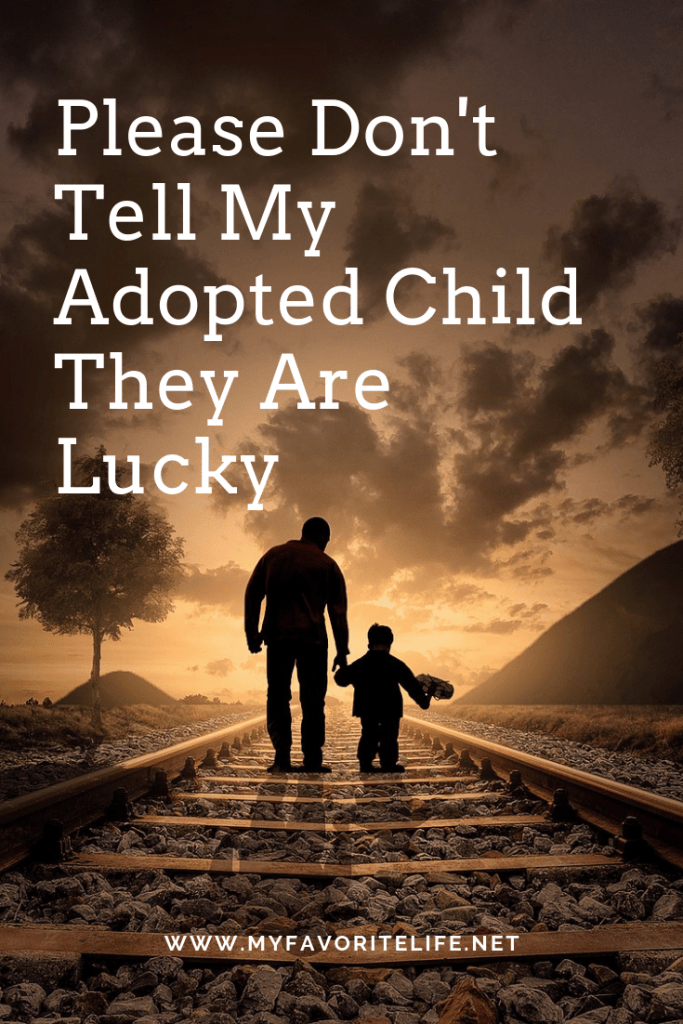 But at the same time, there are certain principles that you should know about in advance.
But at the same time, there are certain principles that you should know about in advance.
Once upon a time there were a lot of orphans, and children were raised by fellow tribesmen or neighbors. Usually everyone knew that this child was an orphan. Someone felt sorry for the orphans, someone exploited. In almost all fairy tales of different peoples of the world, the main character is an orphan. The world has changed dramatically in the last hundred or two hundred years. Family life is no longer defined by tradition. Orphans appeared, according to Petranovskaya, whose “evil fate became a stigma, a shameful secret, bad roots. Since orphans were most often brought up in churches or in religious orphanages and schools, there was enough hypocrisy and contempt for their blood parents. They were either not talked about at all, or their fate was frightened and shamed by children. The living conditions of the family changed dramatically, families began to live separately from their relatives.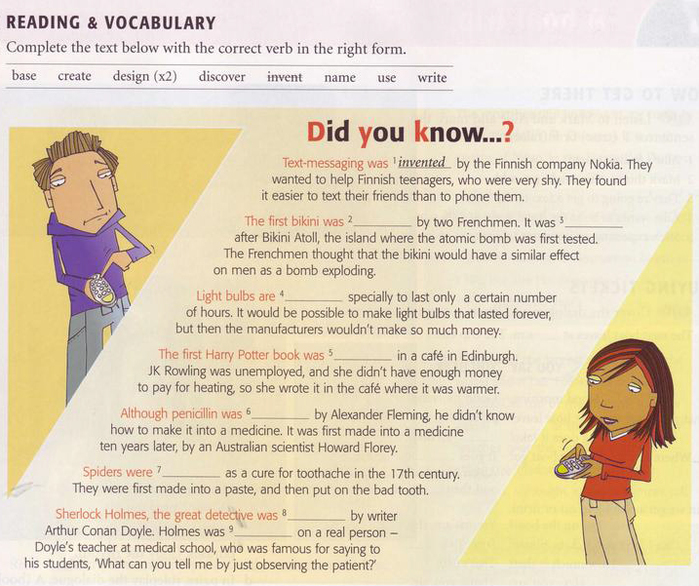 But traditional values continue to be shared by many people. There was a desire to avoid condemnation. This is how the secret that the child was adopted into the family appeared. Moreover, after the Second World War, when there were a lot of orphans, the desire to keep the secret of adoption began to grow. In the Soviet Union, they hid that the child became an orphan, because his blood parents turned out to be "enemies of the people." nine0003
But traditional values continue to be shared by many people. There was a desire to avoid condemnation. This is how the secret that the child was adopted into the family appeared. Moreover, after the Second World War, when there were a lot of orphans, the desire to keep the secret of adoption began to grow. In the Soviet Union, they hid that the child became an orphan, because his blood parents turned out to be "enemies of the people." nine0003
Later, in the second half of the 20th century, orphans appeared with living parents. The truth about blood family became too hard, it was the truth about abuse, about drug addiction, about alcoholism. Everyone wants a child to be surrounded by care and love from birth. Thus, a whole industry of “secrets” was formed, when the child was selected according to the type of future parents, and the expectant mother guessed the “terms of childbirth” and wore an artificial stomach.
The secrecy of adoption in the USSR was enshrined in law, in the Code of Marriage and Family 1969 years old. It is forbidden even for the most adopted child to disclose any information about the birth family against the will of the adoptive parents. They changed everything - name, surname, date of birth, place of birth. All this was done for the sake of maintaining peace in the family of adoptive parents, for the sake of the child's peace of mind. However, when the children grew up, many of them still found out the truth, or showed concern: "Something is wrong with me." Or they suddenly copied the fate of blood parents. But the adopted child did not know anything about the blood family at all! “Life has shown that human destiny cannot be rewritten as simply as a birth certificate, that a lie to save no one saves,” writes Petranovskaya. nine0003
It is forbidden even for the most adopted child to disclose any information about the birth family against the will of the adoptive parents. They changed everything - name, surname, date of birth, place of birth. All this was done for the sake of maintaining peace in the family of adoptive parents, for the sake of the child's peace of mind. However, when the children grew up, many of them still found out the truth, or showed concern: "Something is wrong with me." Or they suddenly copied the fate of blood parents. But the adopted child did not know anything about the blood family at all! “Life has shown that human destiny cannot be rewritten as simply as a birth certificate, that a lie to save no one saves,” writes Petranovskaya. nine0003
At the same time, the modern family has changed a lot compared to the families of our great-grandparents. Once the family was a reliable way of survival and housekeeping. And now in his family everyone strives for trust, deep spiritual relationships. Secrecy in the family alienates parents and children from each other.
Secrecy in the family alienates parents and children from each other.
The motives for accepting a child into a family have changed. In our time, this is helping a child, an important matter for society as a whole. Open adoption of a child, without secrecy, helps to accept a variety of children in a variety of families. Now in Russia both teenagers and children of other nationalities and races get into families. The "mystery of adoption", which was presented as a boon and protection for the adopted child, was one of the most difficult obstacles to the placement of many, many children in the family. nine0003
Foster parents need to make a choice: maintain the secrecy and expect long-term consequences, or accept the child's difficult questions and experiences.
Petranovskaya believes that “there are many examples in the history of our country when families were forced to hide something: their origin from the “wrong” social class; their nationality and religion; their relationship with the “wrong people” (repressed or foreigners), facts from the life of relatives that were presented as “shameful” by official propaganda (stay in captivity or in the occupied territories during the war).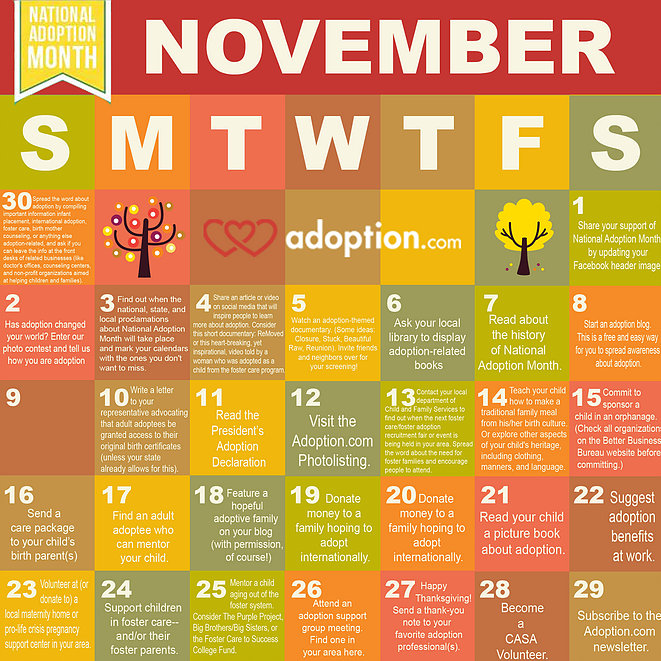 People saved themselves physically, saved themselves from restrictions on training and work. After three or four generations, it turned out that people cut off by a secret from their relatives had more problems. The family secret became a trauma, "the loss of family roots." The book contains typical statements at a psychotherapist’s appointment: “It’s like I lost someone and I’m grieving, but I don’t know who”, “Something is wrong with my family, it’s not like it should be”, “I can’t be happy with my children, as if all the time I was looking not at them, but backward, into the past, ”etc. Very often, descendants find peace of mind only by restoring memories of great-grandparents, who were forced to be erased from family memory and forbidden to be mentioned for many years. nine0003
People saved themselves physically, saved themselves from restrictions on training and work. After three or four generations, it turned out that people cut off by a secret from their relatives had more problems. The family secret became a trauma, "the loss of family roots." The book contains typical statements at a psychotherapist’s appointment: “It’s like I lost someone and I’m grieving, but I don’t know who”, “Something is wrong with my family, it’s not like it should be”, “I can’t be happy with my children, as if all the time I was looking not at them, but backward, into the past, ”etc. Very often, descendants find peace of mind only by restoring memories of great-grandparents, who were forced to be erased from family memory and forbidden to be mentioned for many years. nine0003
It seemed that the secret of adopting a child was quite safe. We must forget the bad, there will be a biography like everyone else. The child is small, you can keep silent, skip, think of something a little.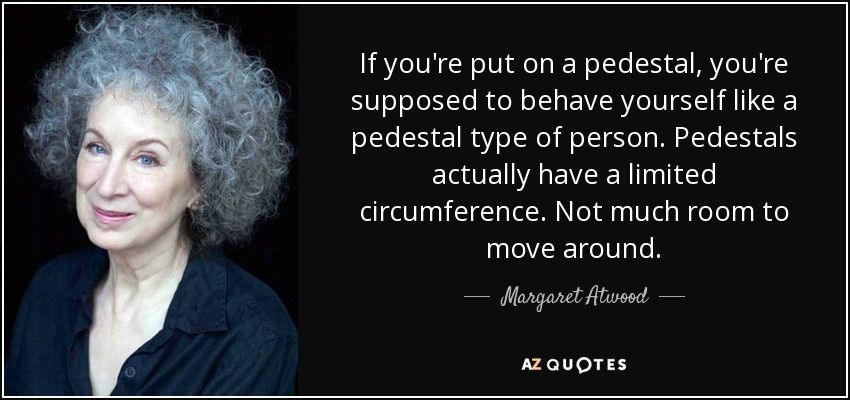 But the foster children themselves remember something completely different: “I found out early that I was not my own child. In the preparatory group of kindergarten. During my life I asked twice: is it true? Mom denied everything. When I turned 33, I asked this question again. And then my mother told me. I guessed for so many years and almost knew about it. The open truth struck me, I experienced a storm, a flurry of feelings. I didn't think it would turn me around like that. It took me three years to understand and decide whether or not to look for a biomama. Yes, search. I'm tired of the feeling of a zero point. Feeling like every day anew. Well, there seems to be no beginning.” nine0003
But the foster children themselves remember something completely different: “I found out early that I was not my own child. In the preparatory group of kindergarten. During my life I asked twice: is it true? Mom denied everything. When I turned 33, I asked this question again. And then my mother told me. I guessed for so many years and almost knew about it. The open truth struck me, I experienced a storm, a flurry of feelings. I didn't think it would turn me around like that. It took me three years to understand and decide whether or not to look for a biomama. Yes, search. I'm tired of the feeling of a zero point. Feeling like every day anew. Well, there seems to be no beginning.” nine0003
“I don't remember my childhood, but I feel pain and remember a persistent feeling of loneliness, like darkness, like freezing, and numbness, and a desire to run away from it, or hide and freeze. Now I can describe it, but as a child I didn’t understand what was wrong with me.”
“Anesthesia is very similar to what I feel from childhood.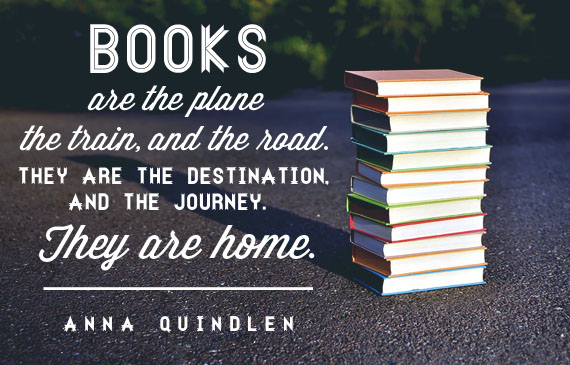 I had to go through a couple of operations under general anesthesia. You come to your senses and immediately covers the pain of the body. Have you figured out where yet? as? what? Your body is telling you what's wrong with it and how it happened. I don't remember, I was under anesthesia. The recovery is slowly going on, and after 3-4 weeks after the operation, severe depression covers. Now I know that this is a consequence of what I experienced during the operation. The cells and the body remember, and the brain somewhere remembers, only I don’t remember, I just feel the consequences of what happened. So it was, apparently, when the biomama left me. ” nine0003
I had to go through a couple of operations under general anesthesia. You come to your senses and immediately covers the pain of the body. Have you figured out where yet? as? what? Your body is telling you what's wrong with it and how it happened. I don't remember, I was under anesthesia. The recovery is slowly going on, and after 3-4 weeks after the operation, severe depression covers. Now I know that this is a consequence of what I experienced during the operation. The cells and the body remember, and the brain somewhere remembers, only I don’t remember, I just feel the consequences of what happened. So it was, apparently, when the biomama left me. ” nine0003
Incredibly, rejectionists from birth, adopted and raised with a secret adoption, speak of a feeling of emptiness. They don’t understand “where did they come from”; live "as if with a hole inside." It becomes easier when the understanding of the experienced horror of an abandoned child comes.
There is an old saying: children and dogs know everything.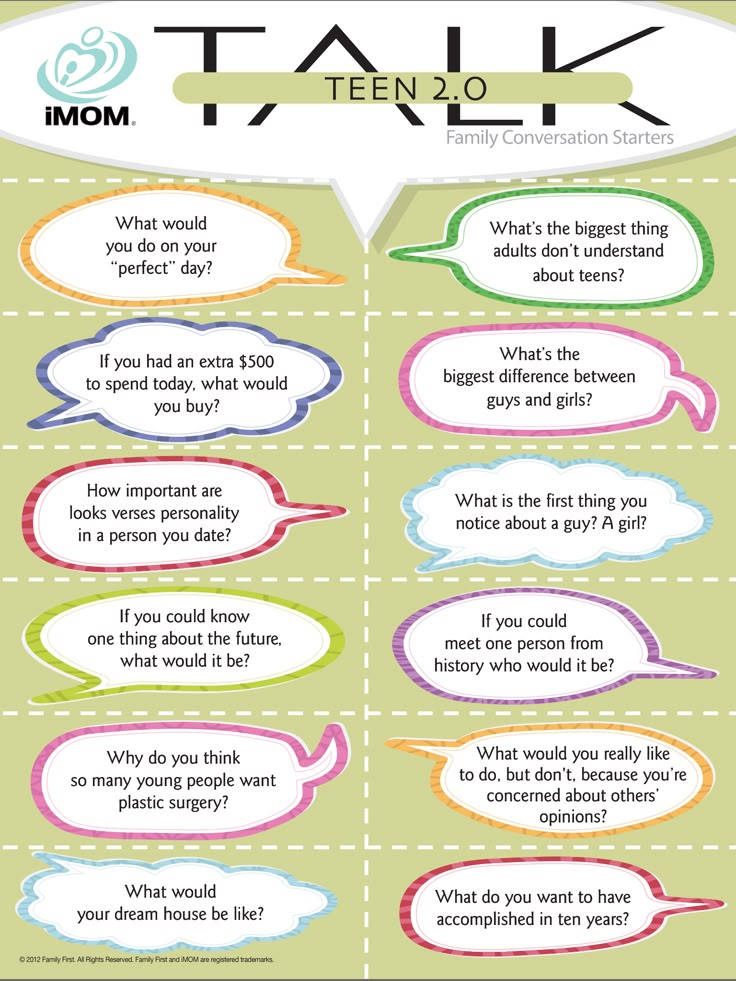 ” Any child feels reticence, silence, feels when adults are trying to transfer the conversation to another topic. Because of this, interest in the mystery is only growing. The child begins to invent, make assumptions, and inappropriate feelings and experiences appear. Yes, the start of life for someone could not be the most successful. But then fate gives a chance, and it is better to look not to the past, but to the future. The child is born, it has already happened. Then life goes on as usual, you have to study, get a profession, be a student, fall in love, build your family. There is no way to get stuck and reflect on your birth for years. But in families where they keep a secret, they force their child to return to the same point in the past again and again. nine0003
” Any child feels reticence, silence, feels when adults are trying to transfer the conversation to another topic. Because of this, interest in the mystery is only growing. The child begins to invent, make assumptions, and inappropriate feelings and experiences appear. Yes, the start of life for someone could not be the most successful. But then fate gives a chance, and it is better to look not to the past, but to the future. The child is born, it has already happened. Then life goes on as usual, you have to study, get a profession, be a student, fall in love, build your family. There is no way to get stuck and reflect on your birth for years. But in families where they keep a secret, they force their child to return to the same point in the past again and again. nine0003
There are other implications of the mystery of birth. From the experience of Petranovskaya, a family psychologist: “If a foster parent comes, who is simply shaking from childhood lies, and relations with the“ child who lies to me ”seem impossible, up to thoughts of a return, who with pathos quotes the commandment“ Do not bear false witness ”and argues about lying as an unpardonable sin, it can be assumed with a high probability that in this family they keep the secret of adoption or hide part of the truth. There may be another problem. Foster parents, hiding from the child what happened to him in the birth family, take responsibility for everything that the child remembers. Let the child not remember events and facts, but it is almost impossible to forget loneliness, fear, pain. The image of blood and adoptive parents merges into one, and adoptive parents become responsible for the actions of asocial blood parents. nine0003
There may be another problem. Foster parents, hiding from the child what happened to him in the birth family, take responsibility for everything that the child remembers. Let the child not remember events and facts, but it is almost impossible to forget loneliness, fear, pain. The image of blood and adoptive parents merges into one, and adoptive parents become responsible for the actions of asocial blood parents. nine0003
There are many more situations when a child can accidentally find out the history of his appearance in the family than one could foresee. It happened that the child was informed about the acceptance by neighbors or relatives. It happens that a child realizes his acceptance in a biology lesson. It happens when, during conflicts, foster parents shout to a teenager that they took him from the orphanage. Of course, the consequences of this for family relationships are devastating.
Lyudmila Petranovskaya is convinced that “a little child is a lie detector better than any polygraph, because his natural instincts are still alive and sharp, he sees, hears, feels everything. But he doesn't realize. Therefore, he cannot formulate the question: “Mom, why are you always so nervous when someone asks who I look like?”. He just vaguely feels that something frightens and upsets his mother when it comes to him. There can be hundreds of situations where parents make efforts to keep the secret. In the kindergarten, in the doctor's office, when meeting with old acquaintances, in a casual conversation with fellow travelers. And best of all, if parents are ready in advance not to hide how they had a child. nine0003
But he doesn't realize. Therefore, he cannot formulate the question: “Mom, why are you always so nervous when someone asks who I look like?”. He just vaguely feels that something frightens and upsets his mother when it comes to him. There can be hundreds of situations where parents make efforts to keep the secret. In the kindergarten, in the doctor's office, when meeting with old acquaintances, in a casual conversation with fellow travelers. And best of all, if parents are ready in advance not to hide how they had a child. nine0003
Based on the results of numerous consultations, Lyudmila Petranovskaya advises turning the story of the first meeting with new parents into a fairy tale. In a good Christmas story only for your family. It is very important for a child of any age to know the details, the details of his new start. This will be the starting point, the restart. The cure for fears and emptiness in lonely infancy. In no case should you laugh it off, change the topic of conversation, avoid answering when the child already understands, already asks questions.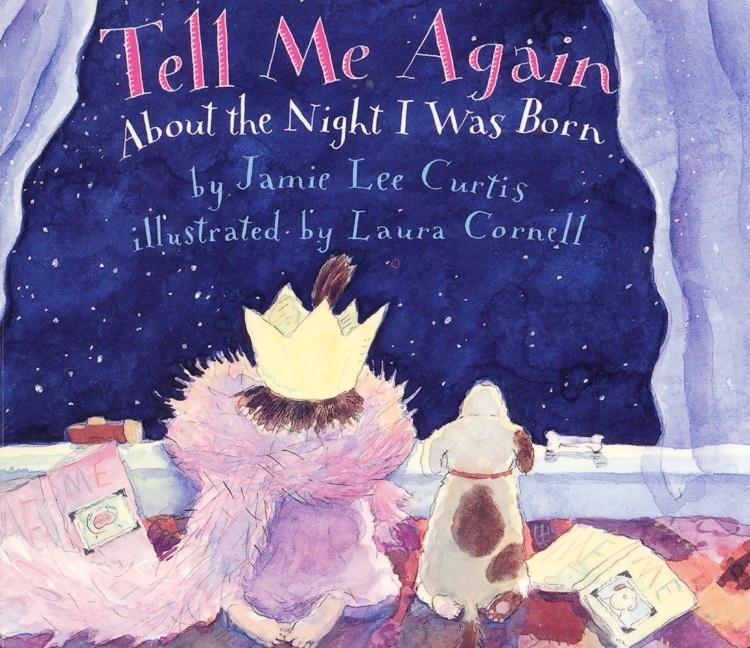 Lies from parents will cause anxiety and new fears. If parents are afraid to tell something, they are afraid of the truth, then the child is forced to take responsibility for adults, for their peace of mind. And if he becomes forcedly older, then why should he continue to obey his weak parents? Lyudmila Petranovskaya writes to us directly: “Please do not torture children. If the process has already begun and there is reason to think that he wondered and guesses, if the child began to “throw the bait”, ask about photographs, documents, birth history, it’s too late to think, talk or not. Do not delay, do not postpone the conversation. nine0003
Lies from parents will cause anxiety and new fears. If parents are afraid to tell something, they are afraid of the truth, then the child is forced to take responsibility for adults, for their peace of mind. And if he becomes forcedly older, then why should he continue to obey his weak parents? Lyudmila Petranovskaya writes to us directly: “Please do not torture children. If the process has already begun and there is reason to think that he wondered and guesses, if the child began to “throw the bait”, ask about photographs, documents, birth history, it’s too late to think, talk or not. Do not delay, do not postpone the conversation. nine0003
The best you can do is if you don't need a special conversation at all. If the child will always know the truth about the history of his appearance in the family, from the time he begins to understand. What goes without saying does not cause unnecessary emotions. If parents are calm, balanced, celebrate “Stork Day” and celebrate the day their child appears in the family, then the child will calmly perceive information about acceptance.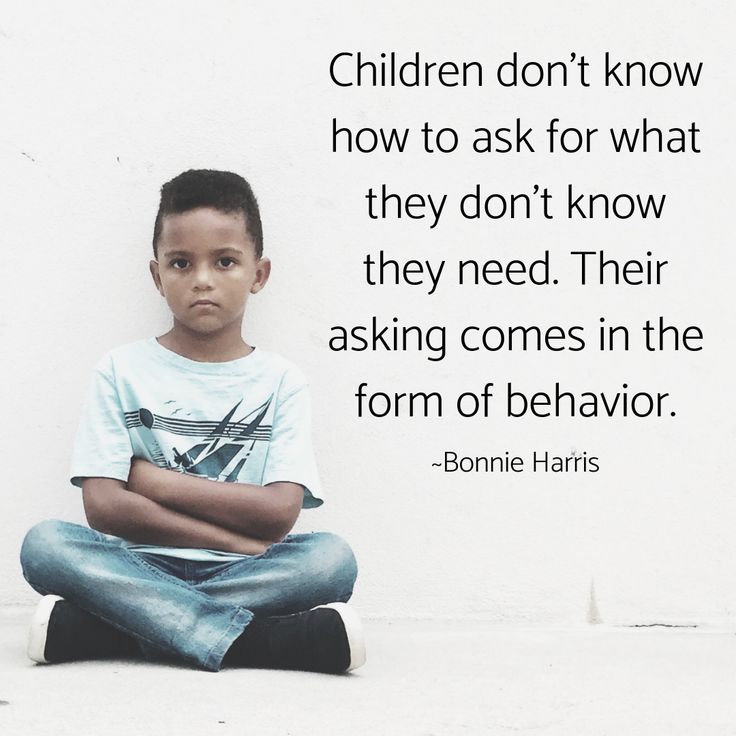
But you have to be attentive to your child! There may be a moment when the child does not seem to want to know that he is adopted. No need to insist, at preschool age there is a time of awareness of attachment to parents. It is difficult to combine new knowledge and age tasks. There will come a point when you return to the discussion of the child's blood family. nine0003
Although it may well be that adoptive parents provoke "unwillingness to know" if they require confirmation from the child that they are the "real" parents. Of course, the child will respond to non-verbal messages and do what the parents really want. In fact, if parents and their children can regret how much they missed together, then they can also rejoice at how much they can now experience together.
In the second chapter, the author continues to lead us through each step, through each stage of the development of a new family. How will the child grow into a new family? What else can you do to become parents to your child? We must understand that "the pain of the child will not go away until the end. " Memory will remain, health problems will remain. All this can be compensated, you can arrange the life of your family quite comfortably. But we must understand that it is impossible to simply hide the pain from the child. The pain will be felt. We must learn to live with pain and overcome it. You can not leave a child alone in his memories and experiences. "Don't leave him alone in hell" is another subtitle. nine0003
" Memory will remain, health problems will remain. All this can be compensated, you can arrange the life of your family quite comfortably. But we must understand that it is impossible to simply hide the pain from the child. The pain will be felt. We must learn to live with pain and overcome it. You can not leave a child alone in his memories and experiences. "Don't leave him alone in hell" is another subtitle. nine0003
What if you have a child of "bad" parents? How to talk about the parents who caused so much pain? Step by step, Petranovskaya leads us to the rules of demining.
The third chapter teaches us to live with a child who belongs to two families. The child loves his biological parents. And the child loves foster parents. No need to tear his heart with a choice! It is important to know that meeting with blood relatives can bring a lot of benefits to the child. How to organize such meetings? Where can the meeting take place? What to do if, after meeting with the blood grandmother, the child went rogue? What if our child becomes the same as his blood family? nine0003
The book concludes with the section "Putting the puzzle together: a composite identity, or the child of two families.